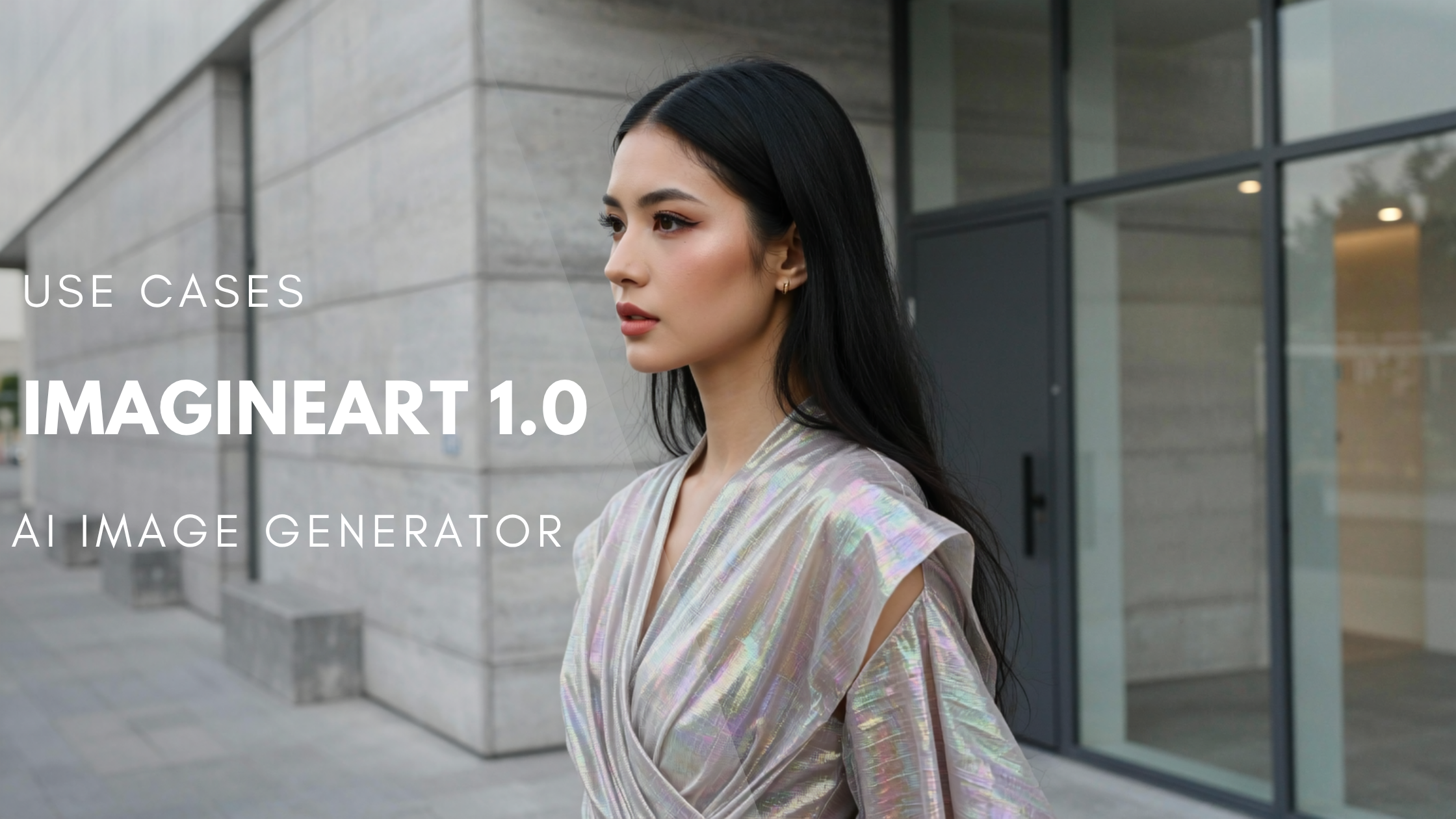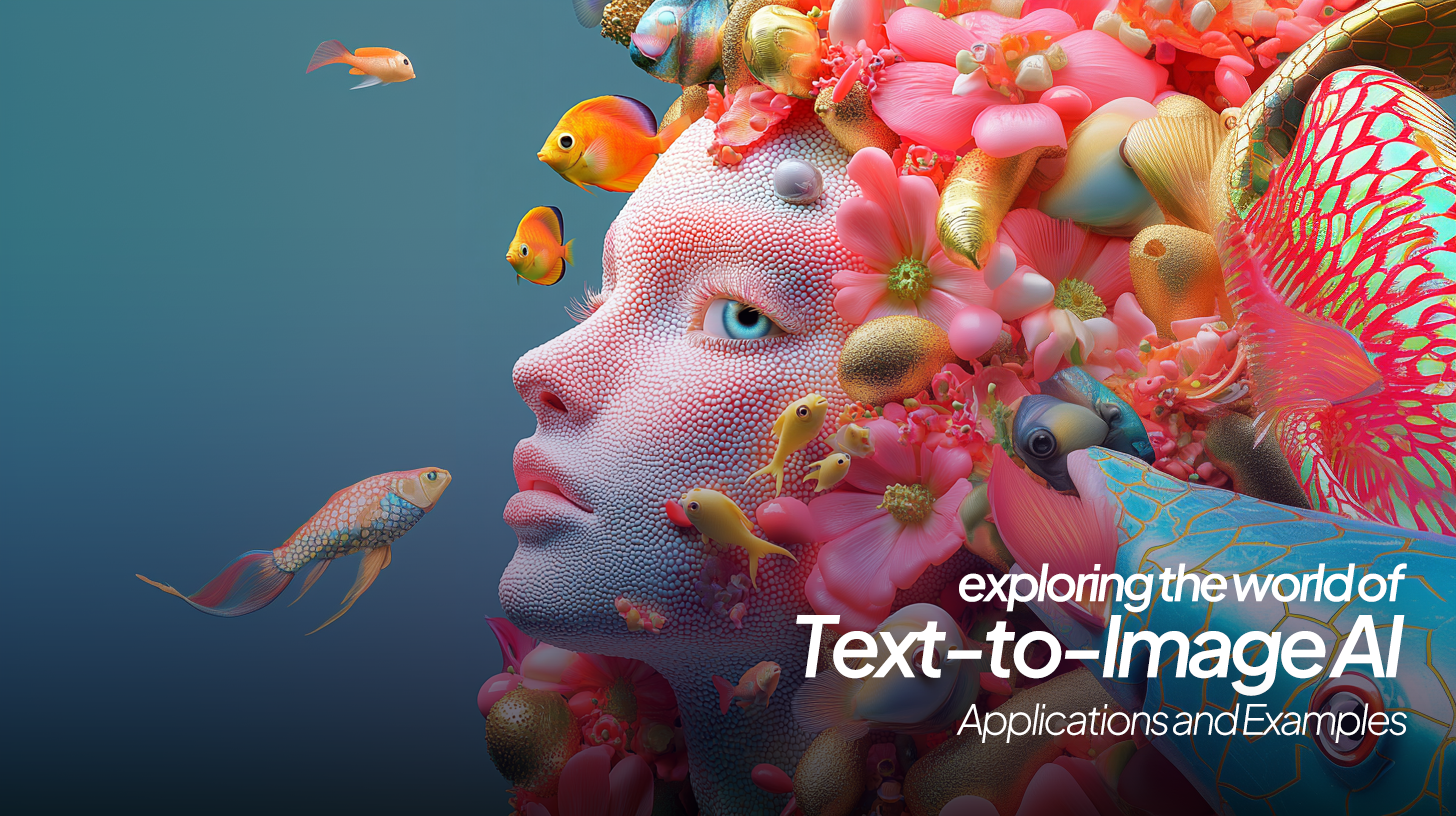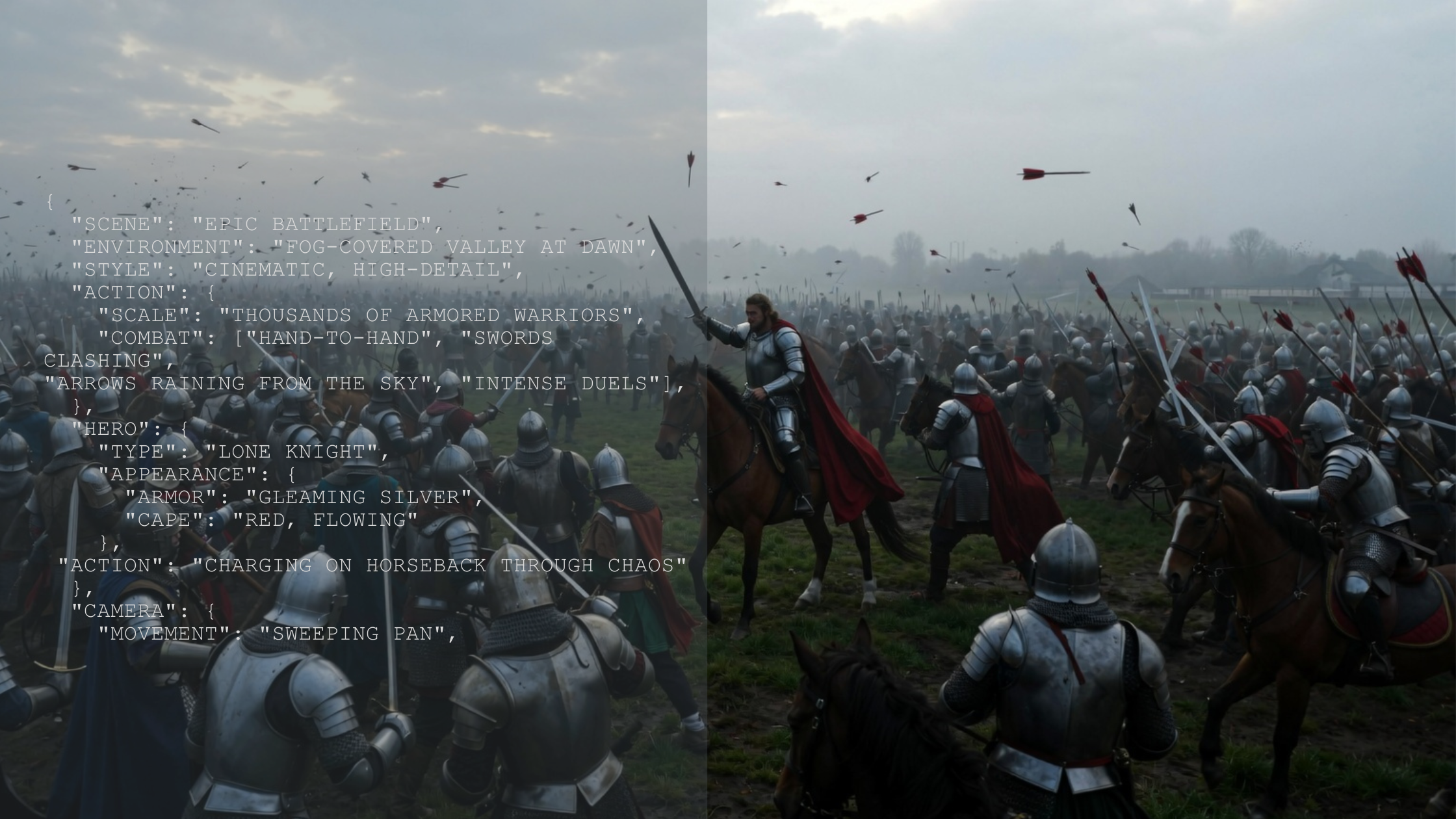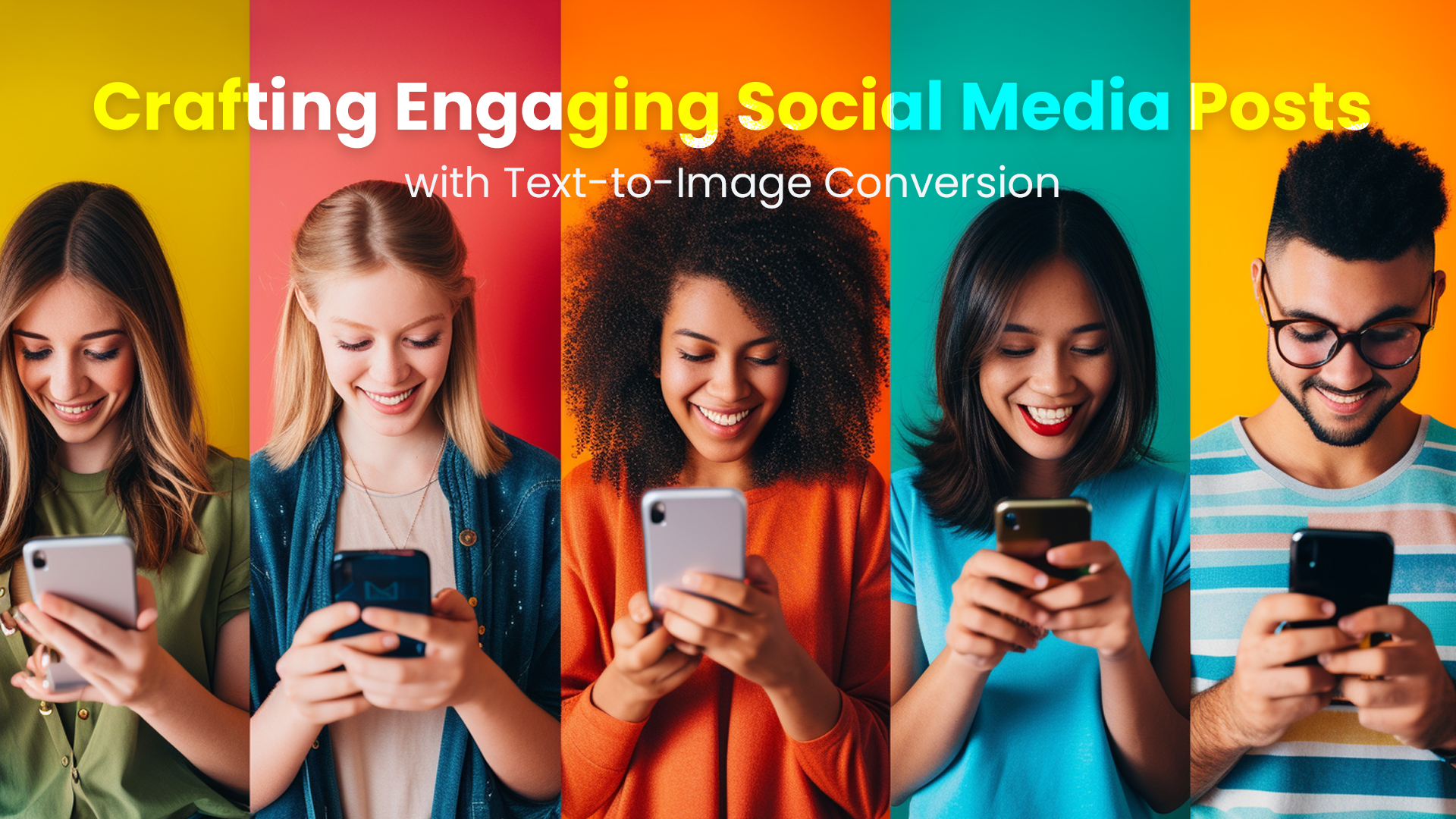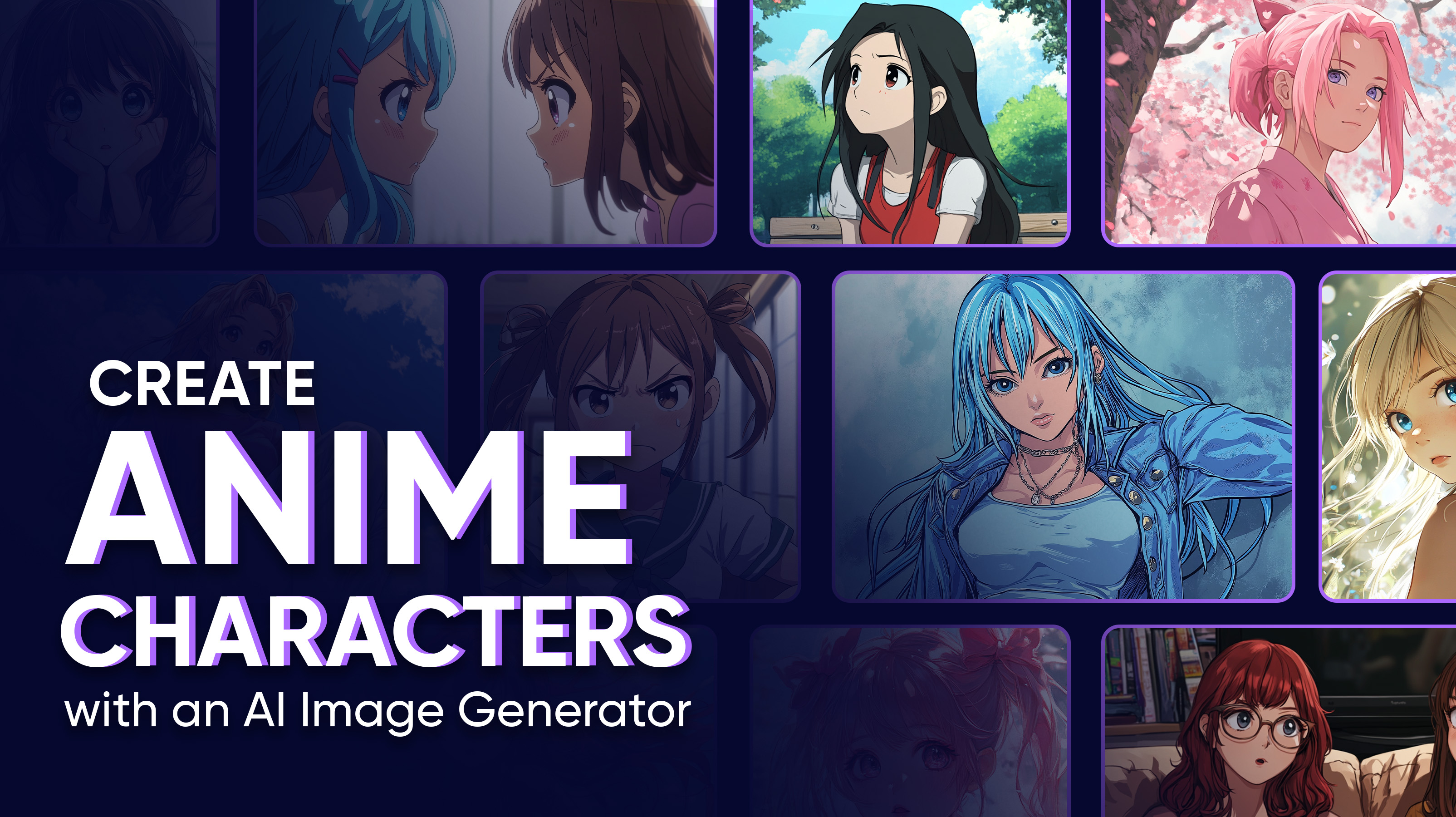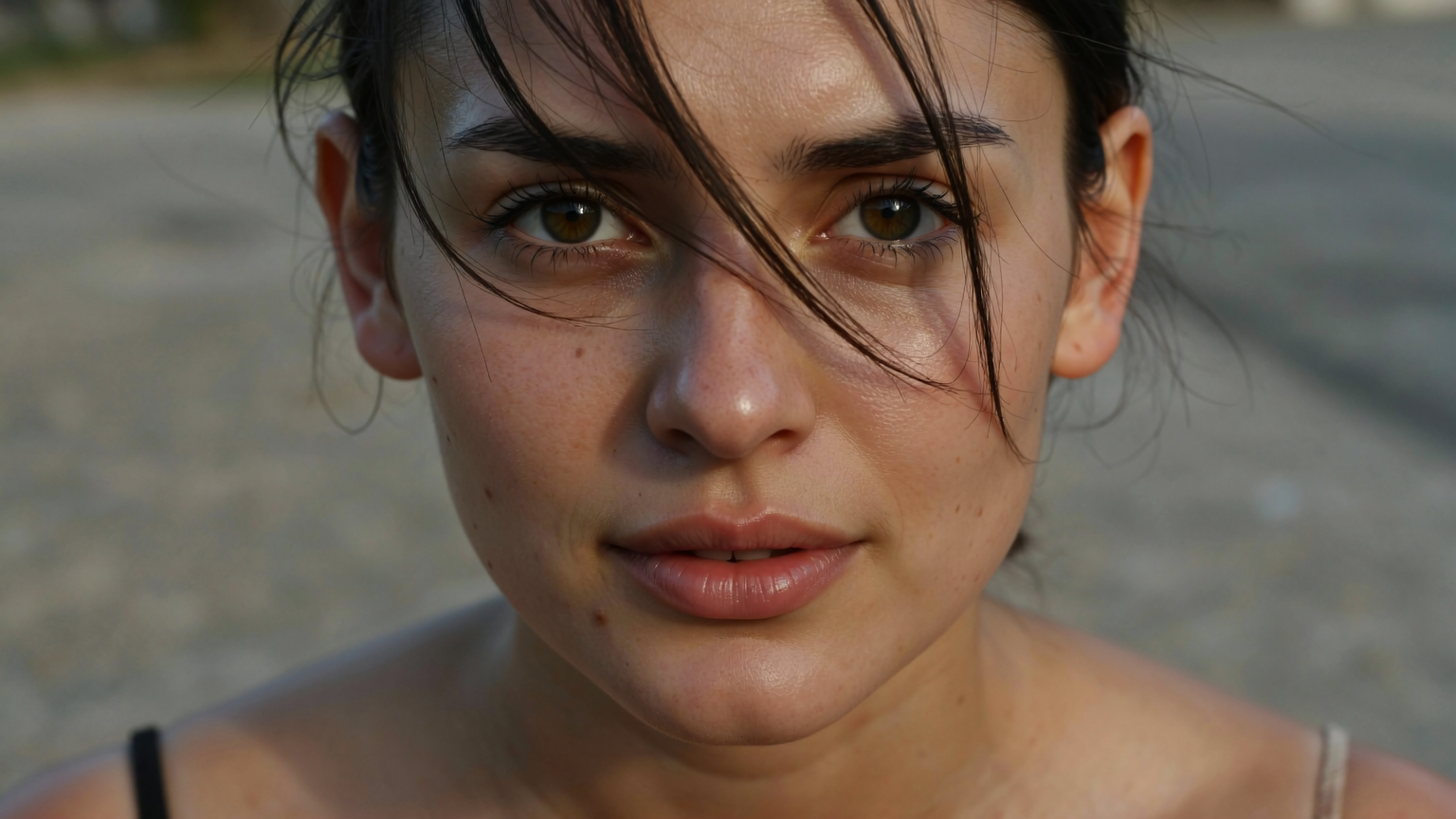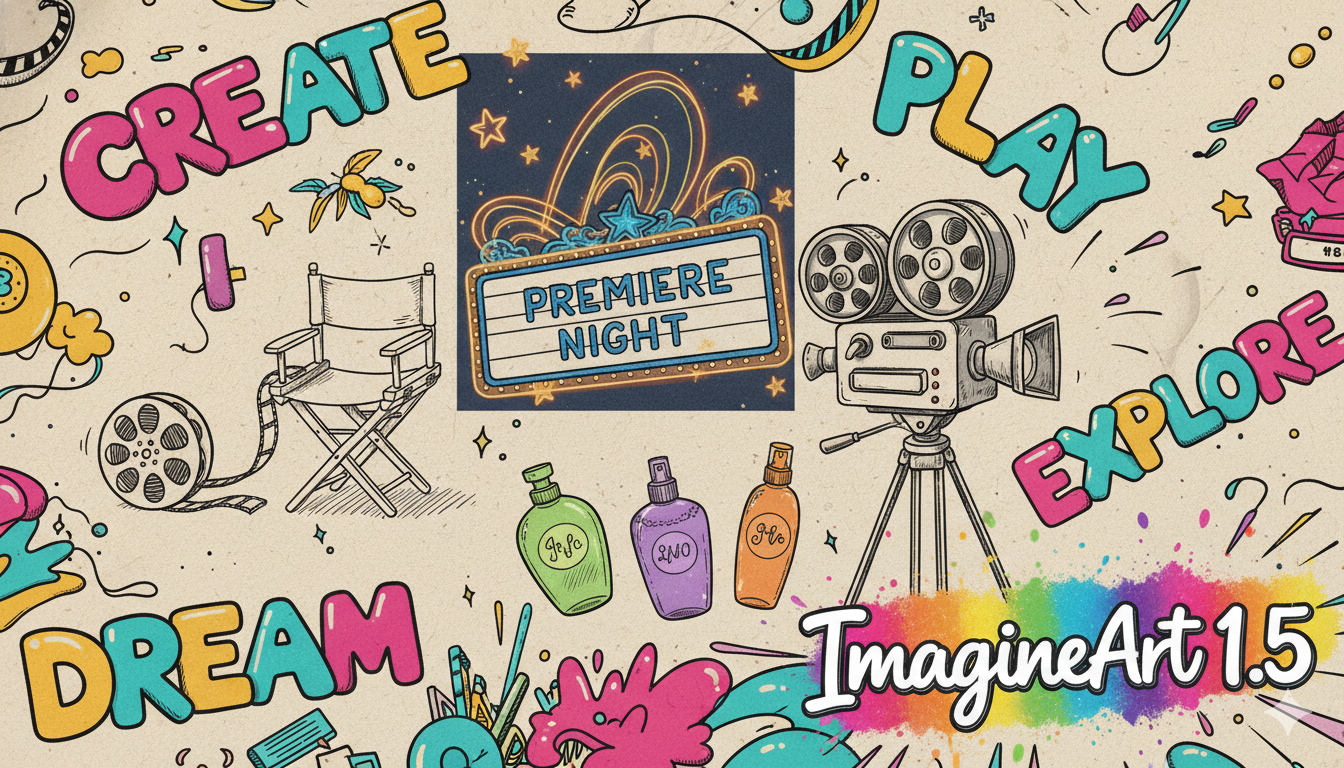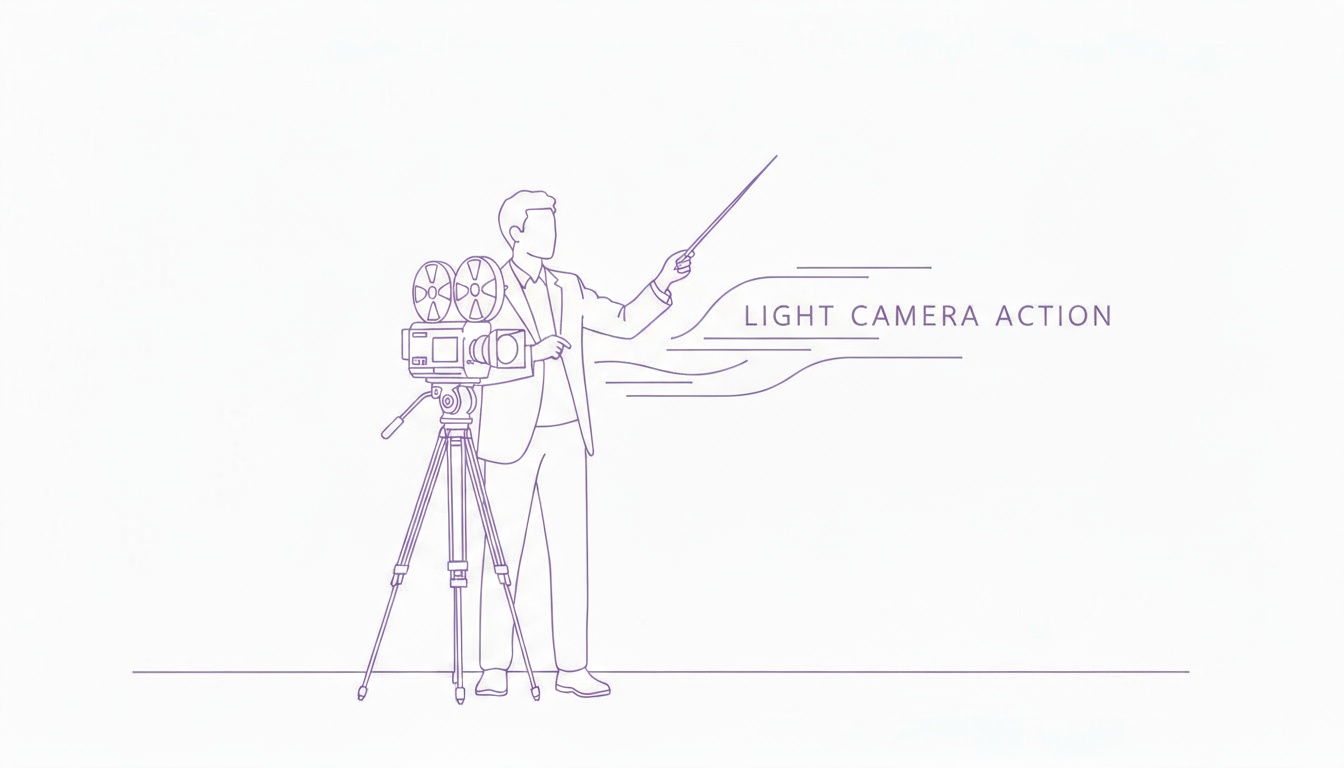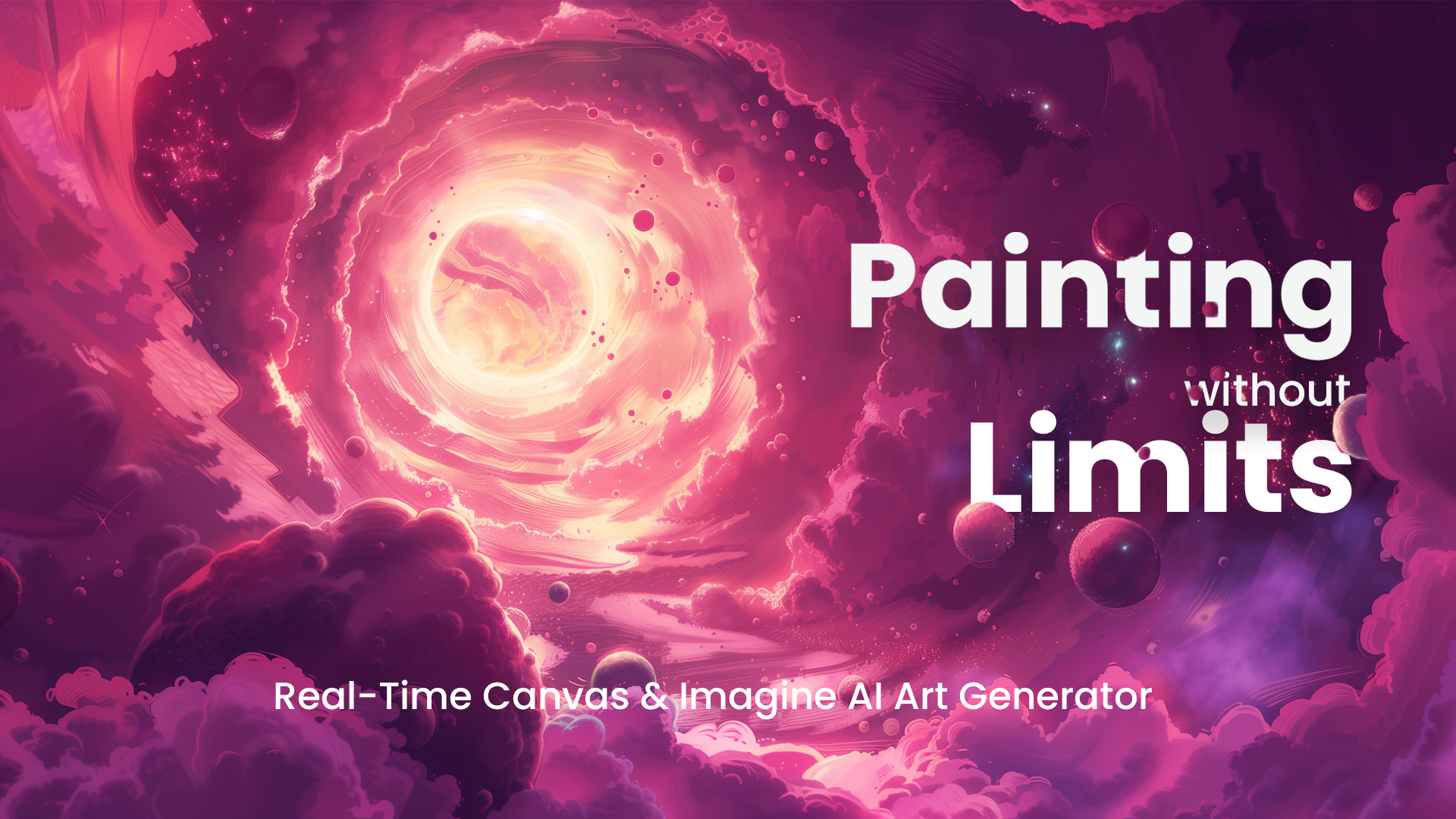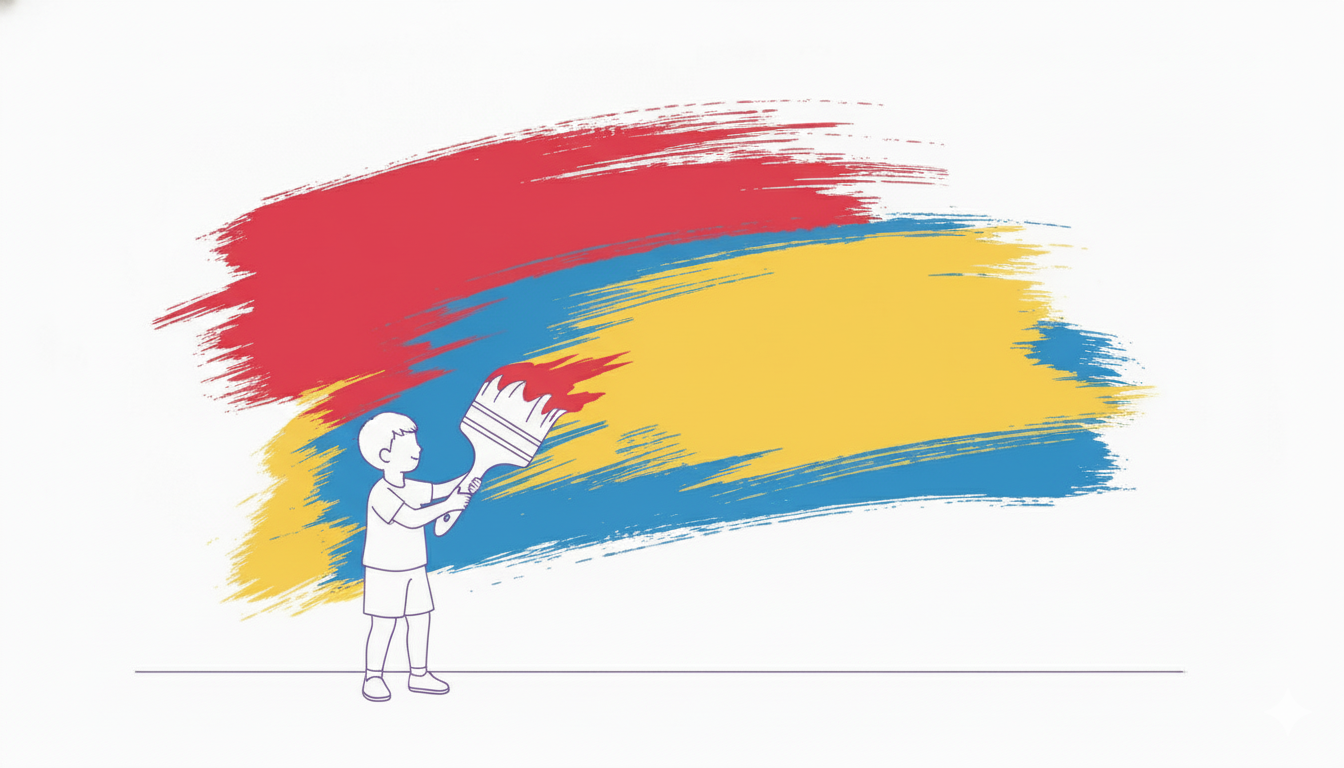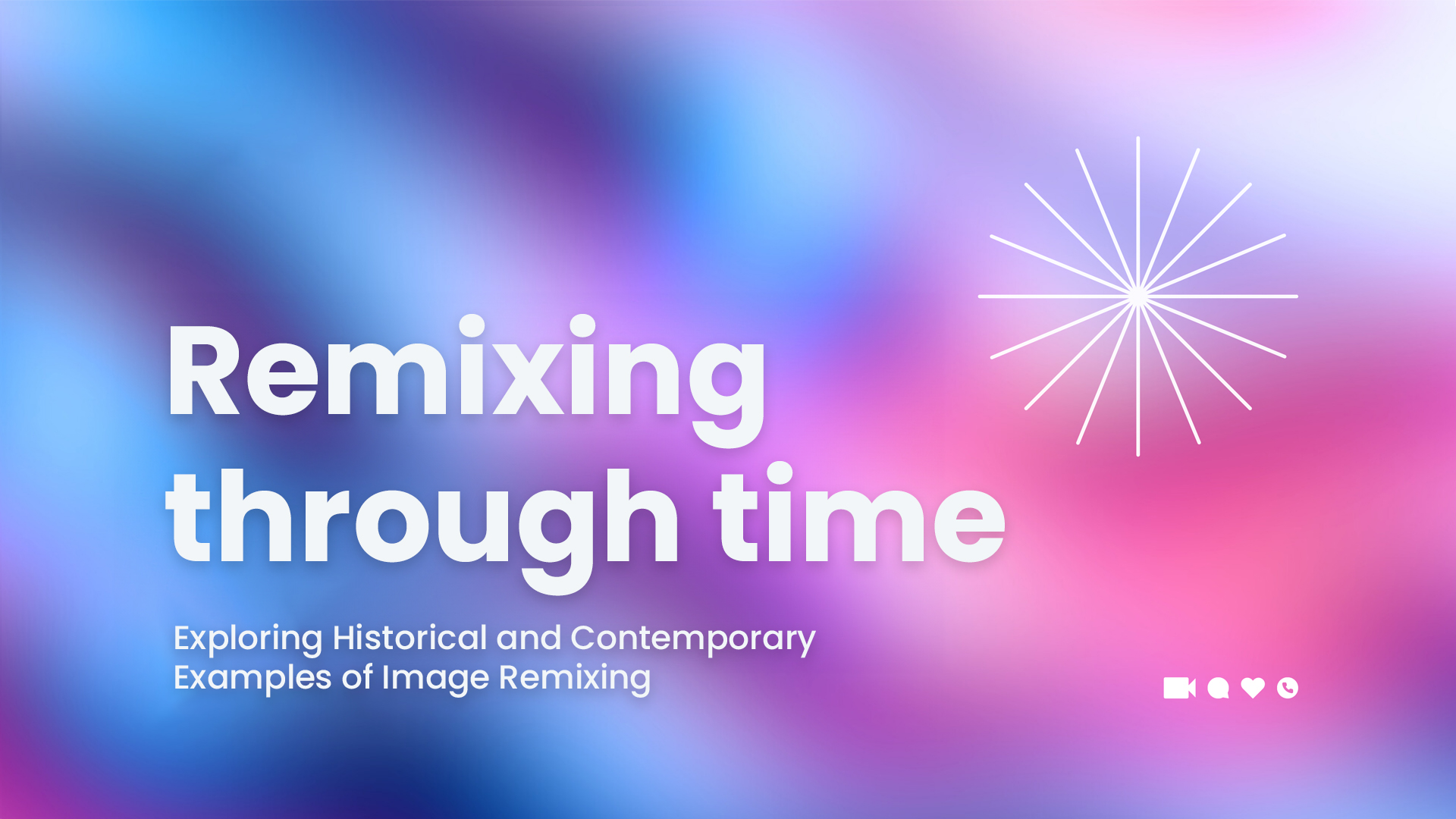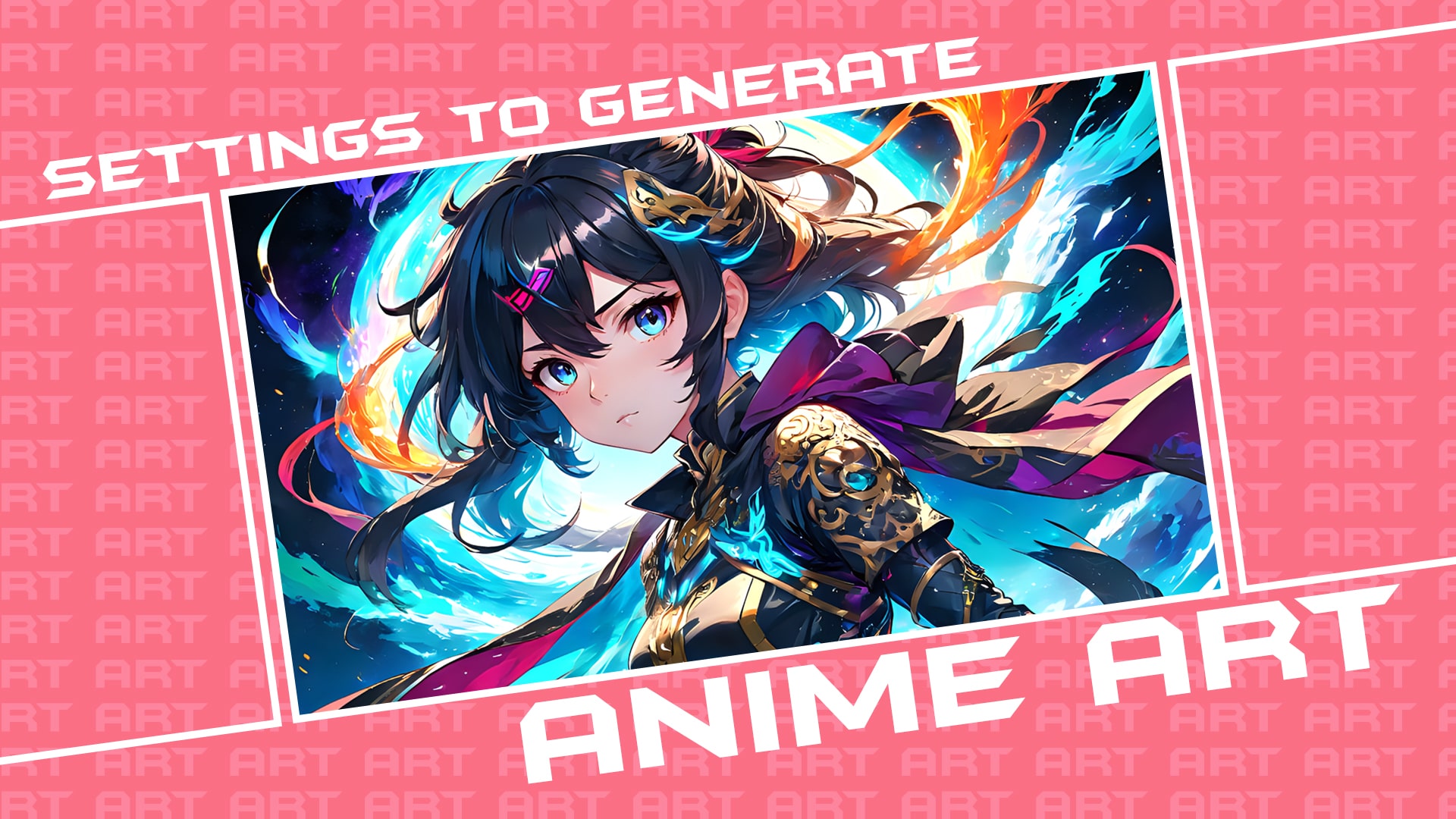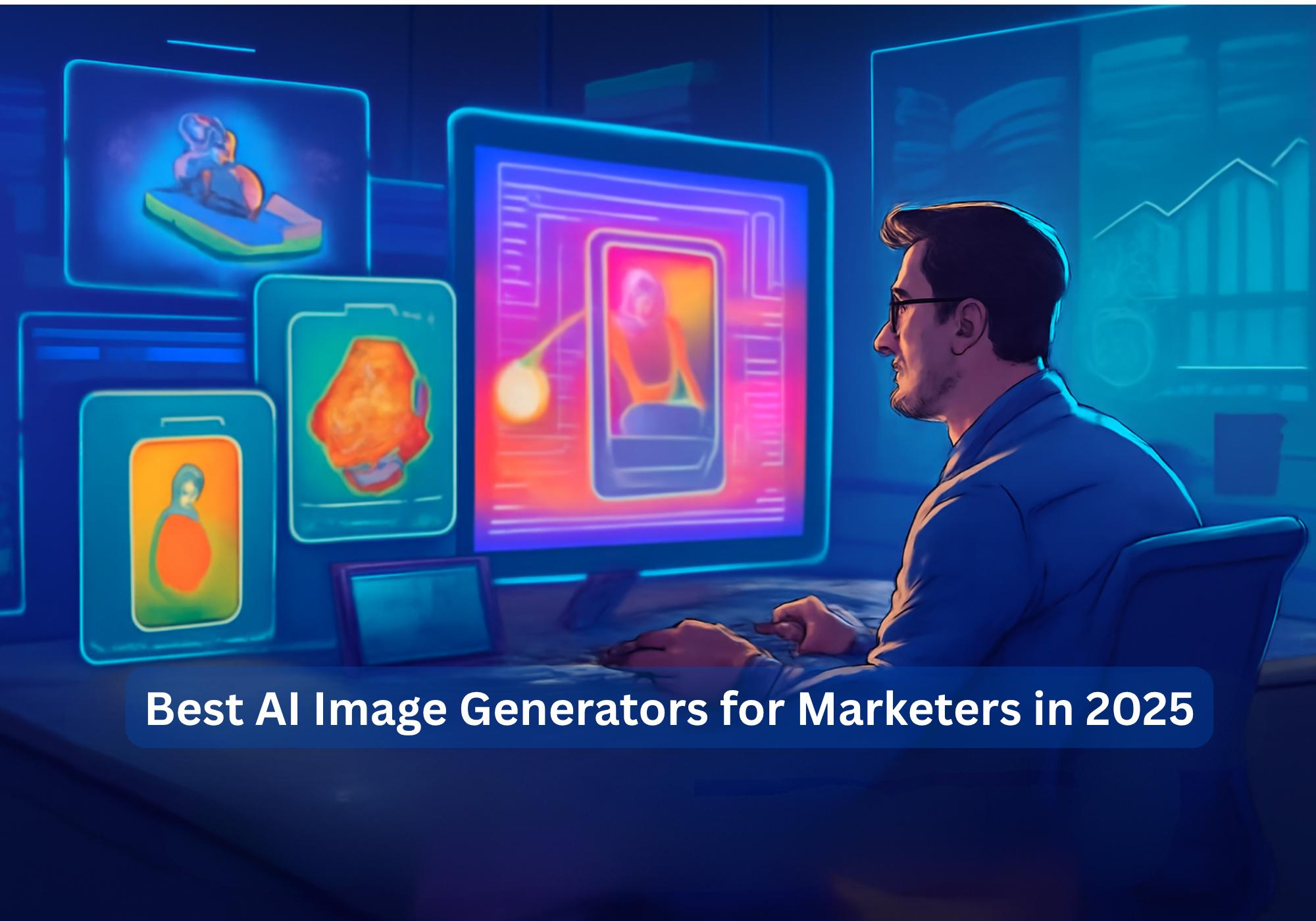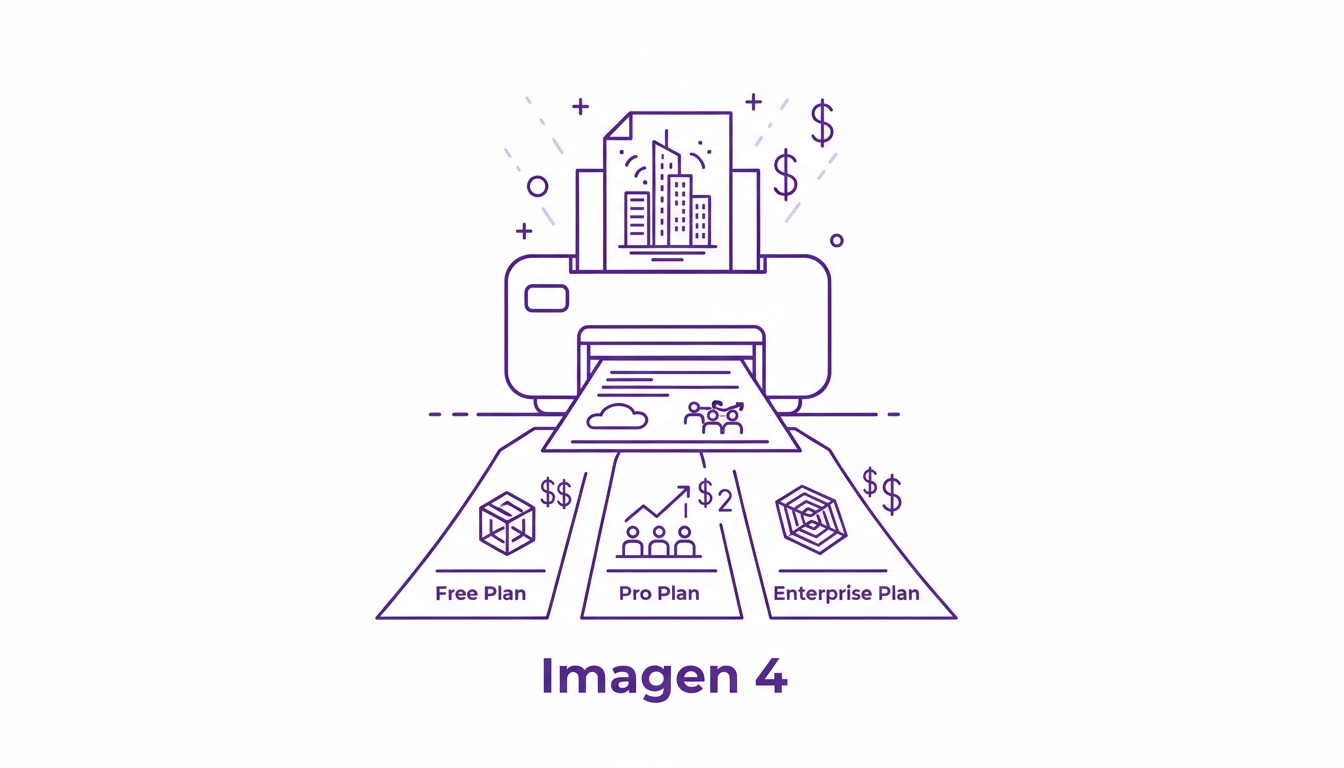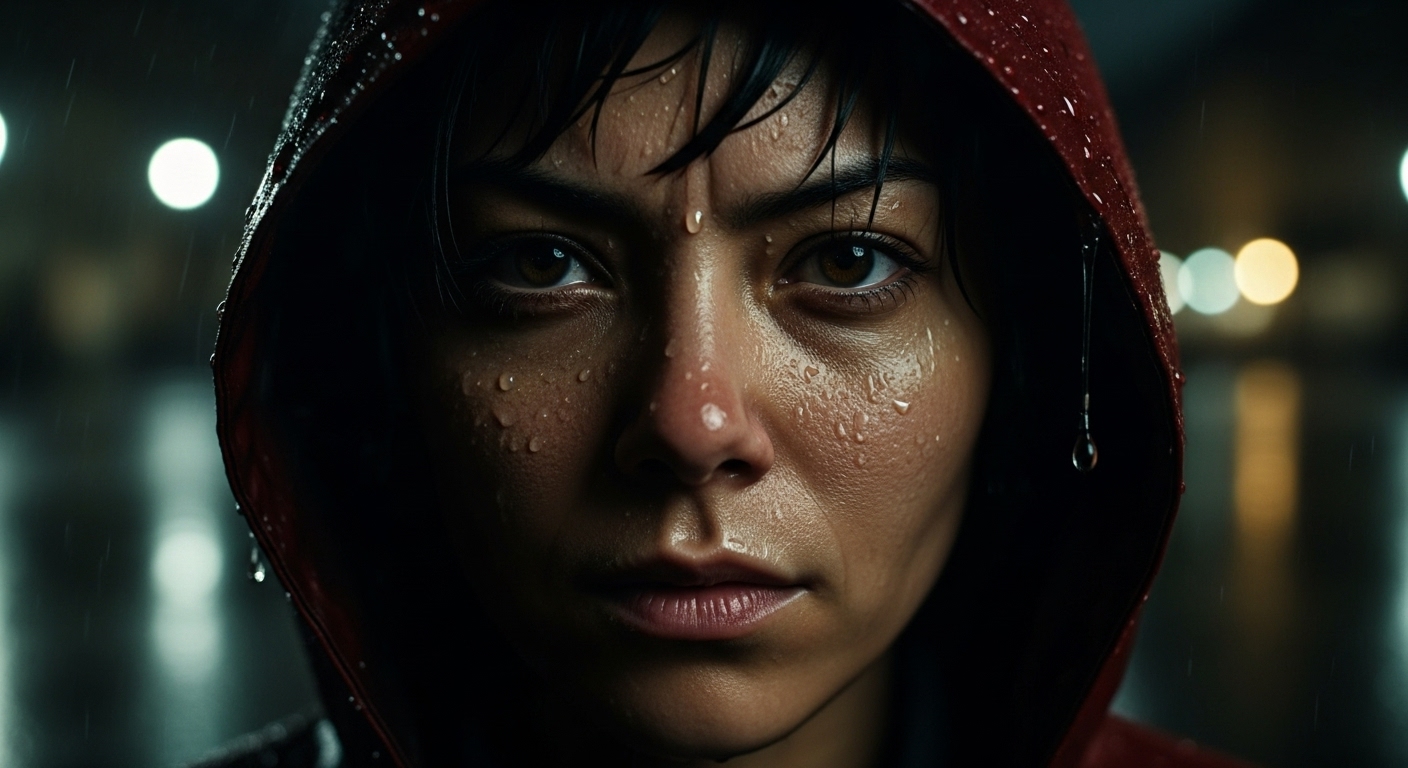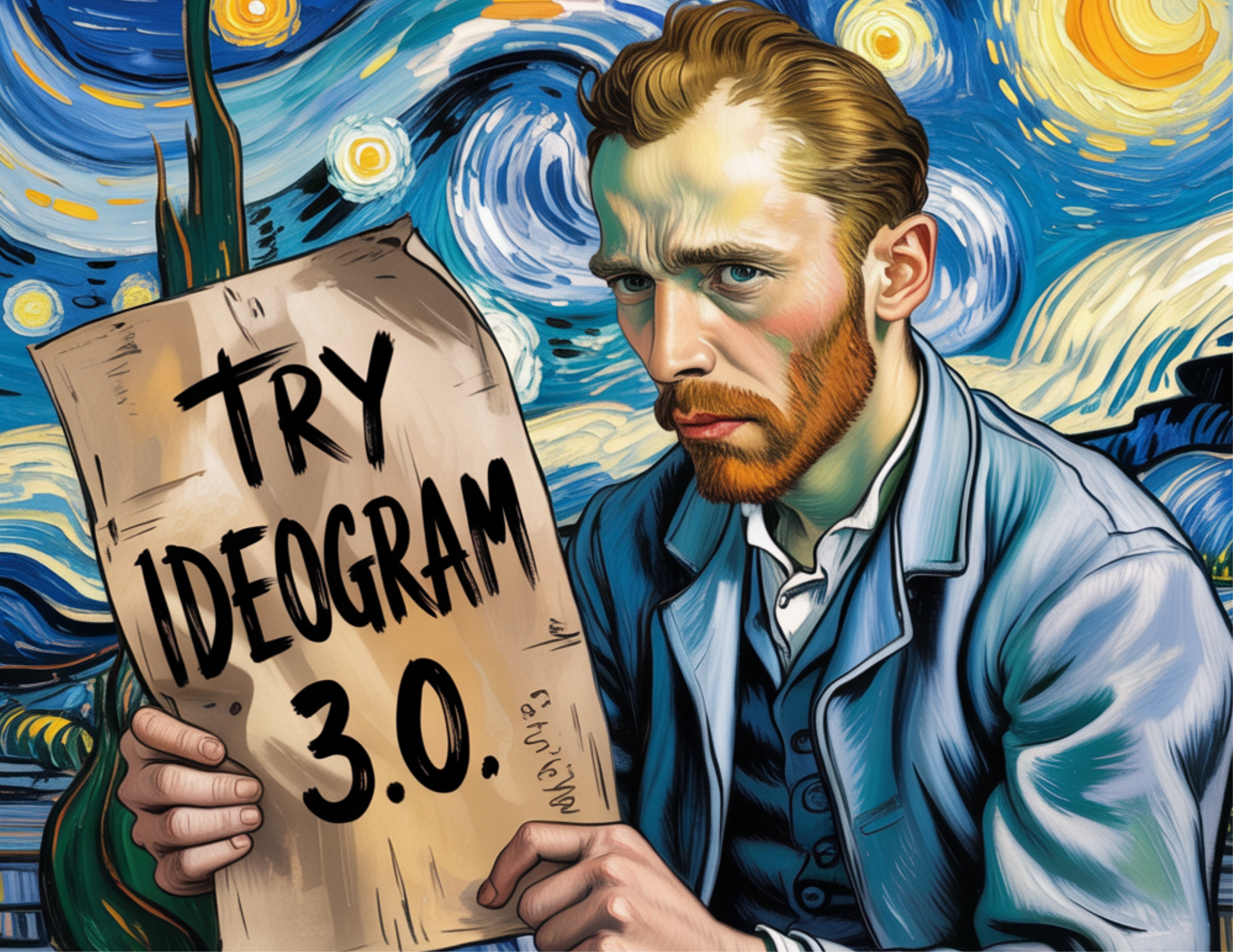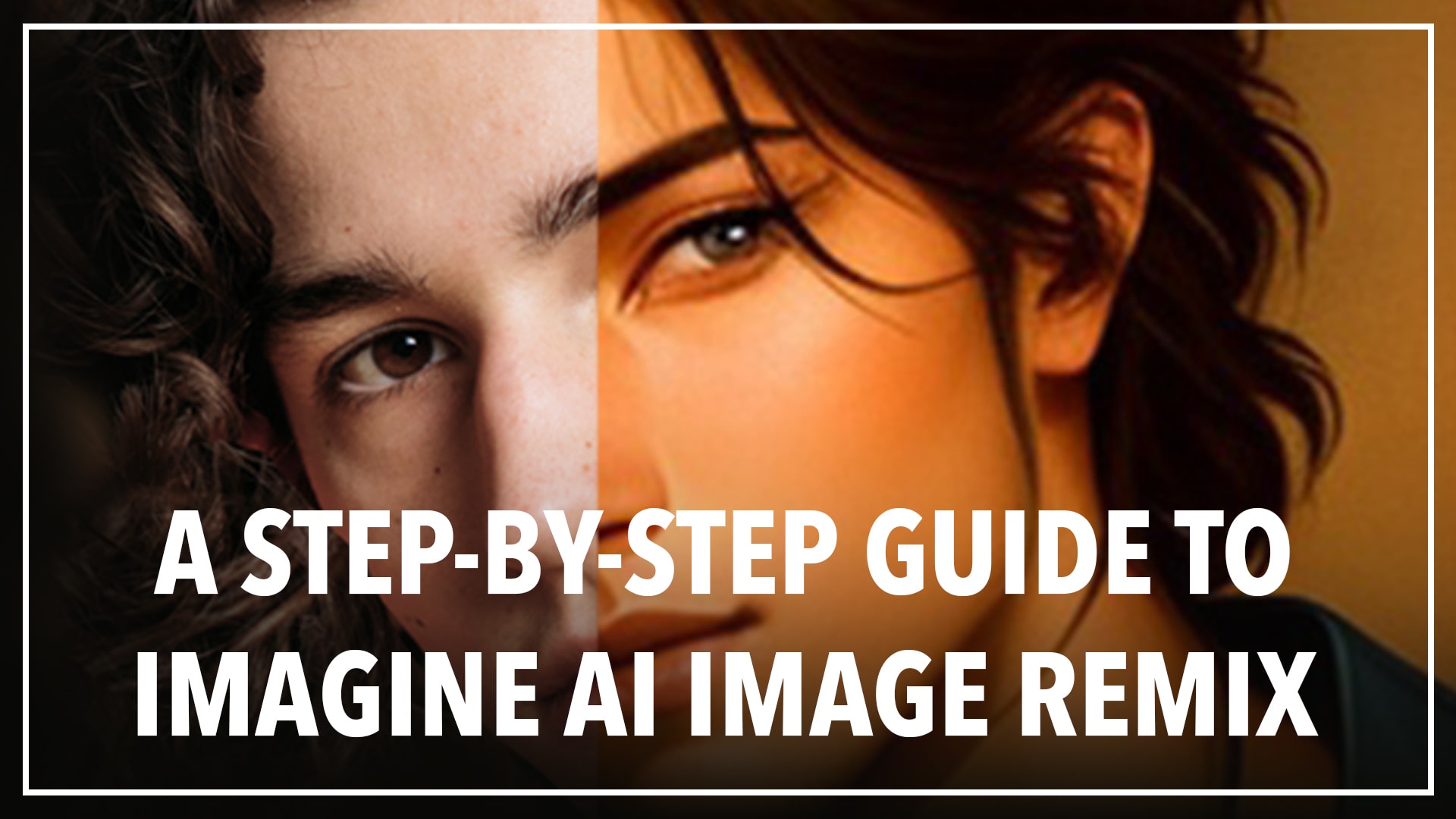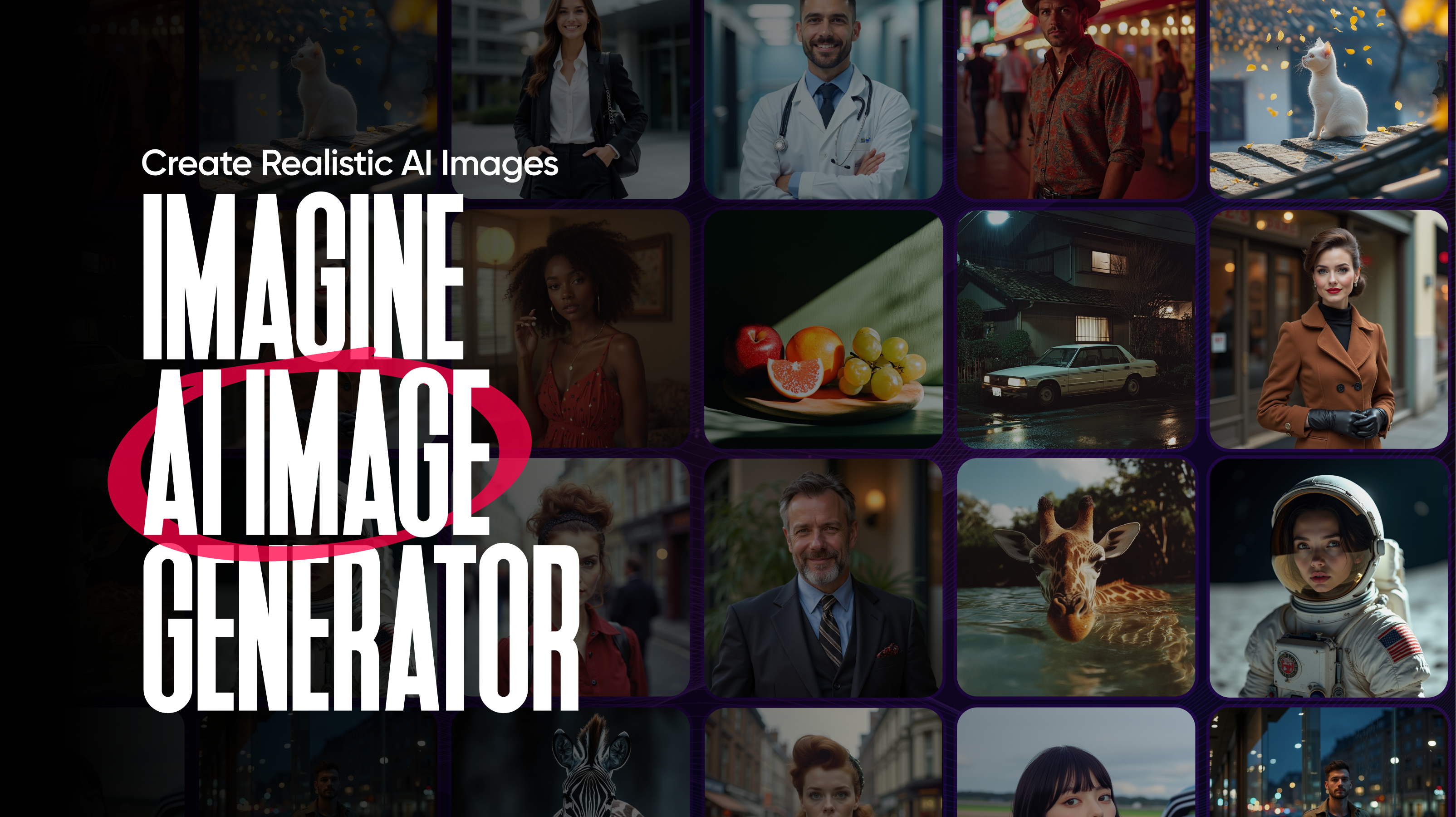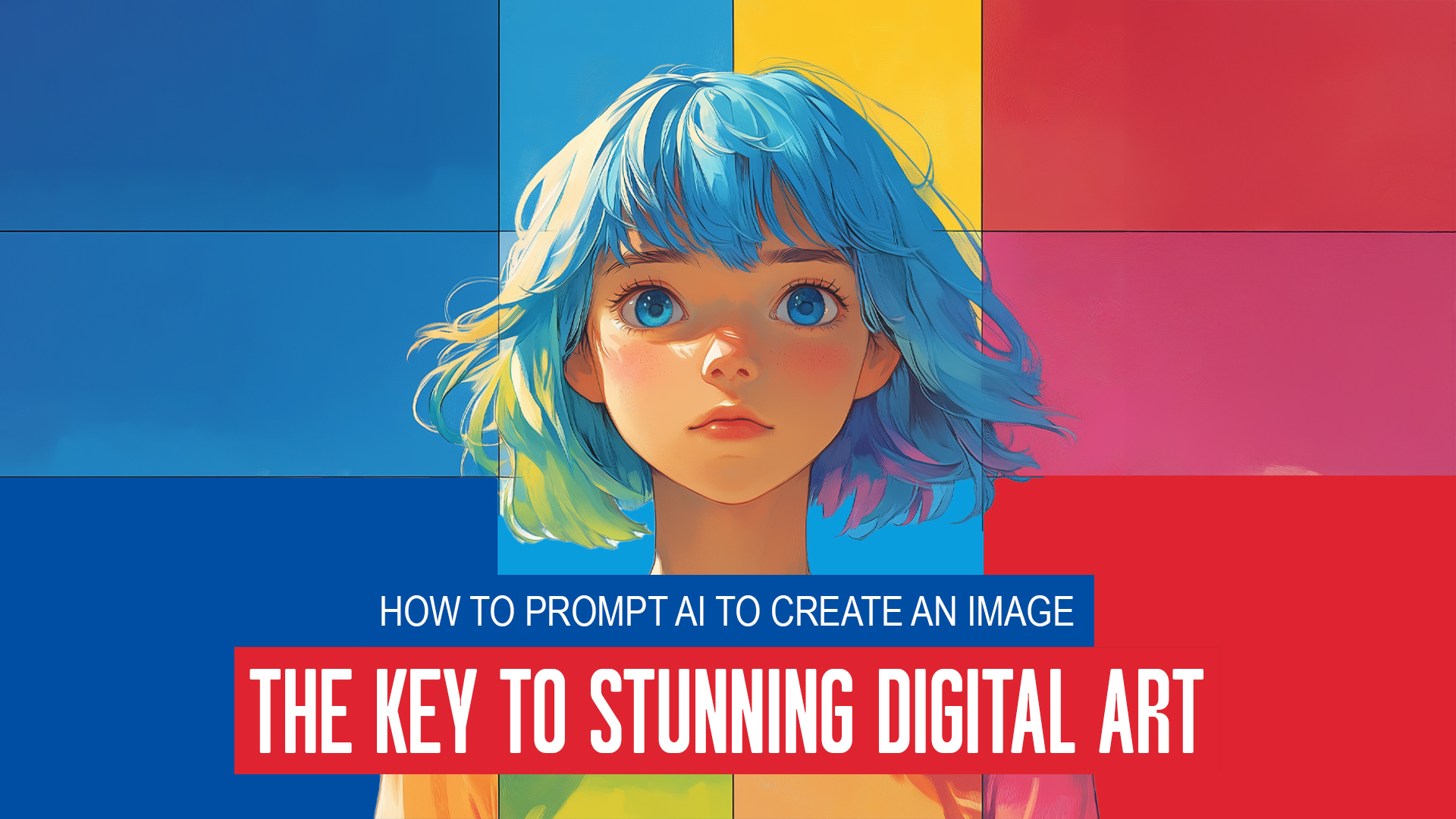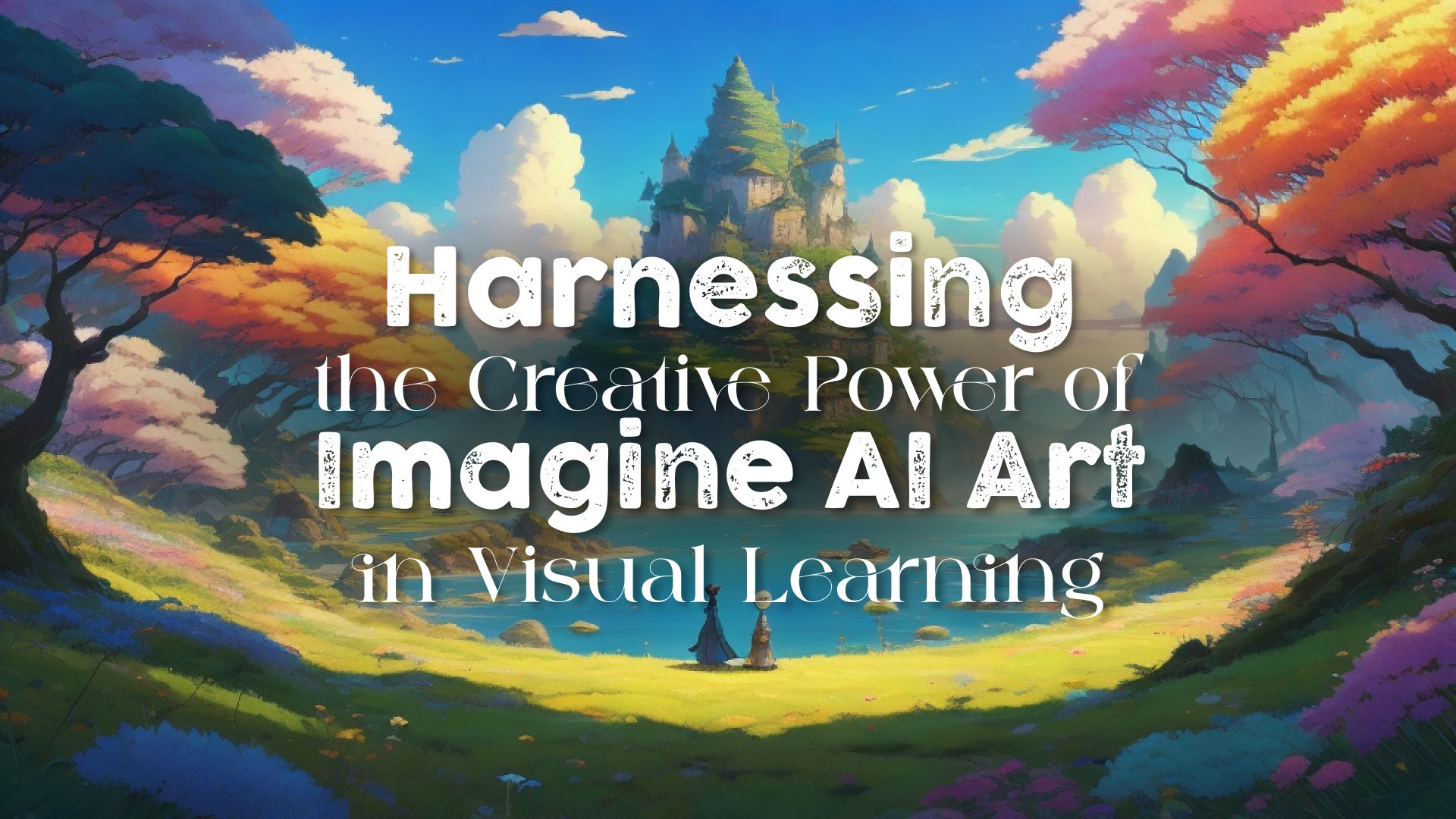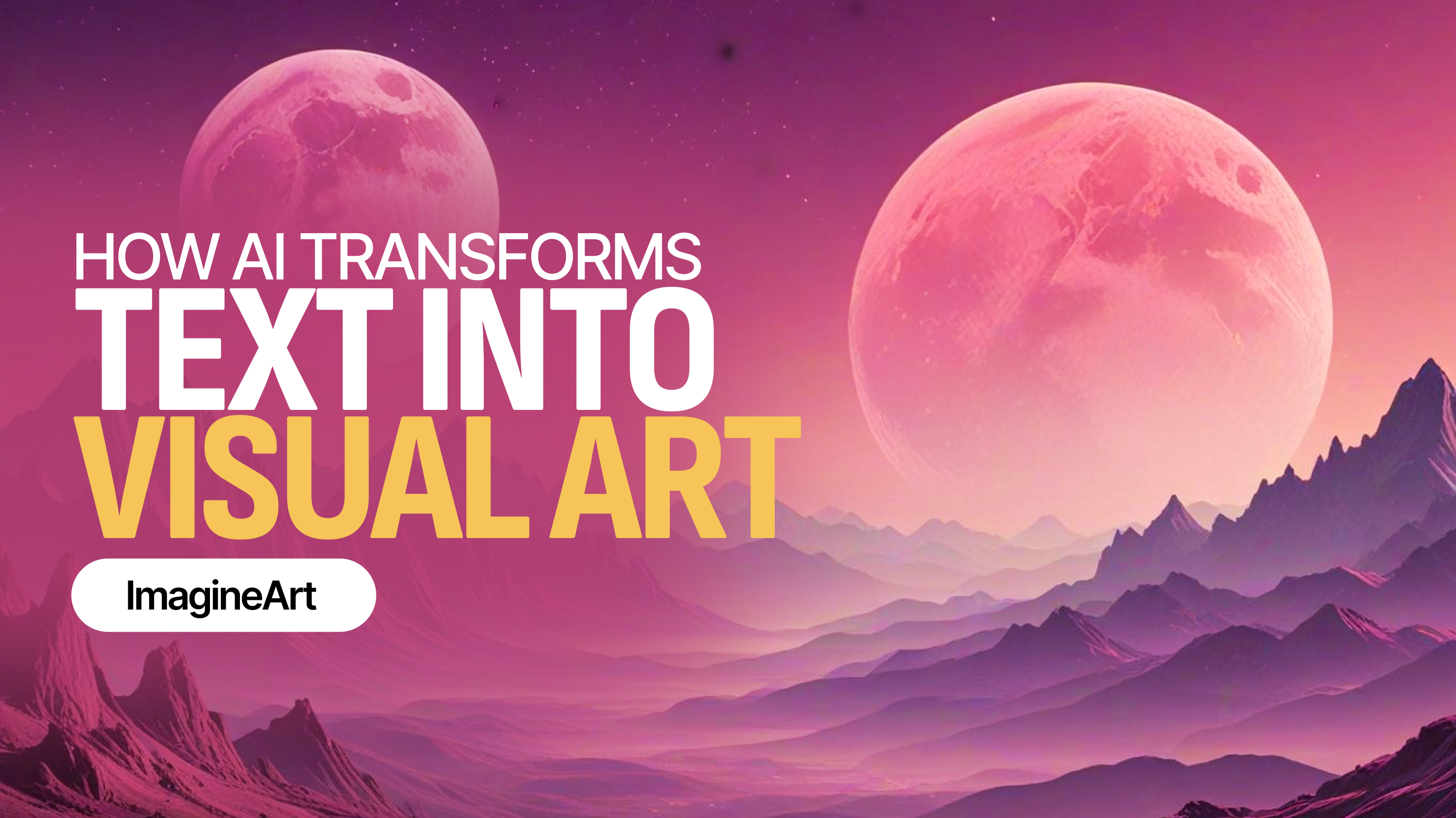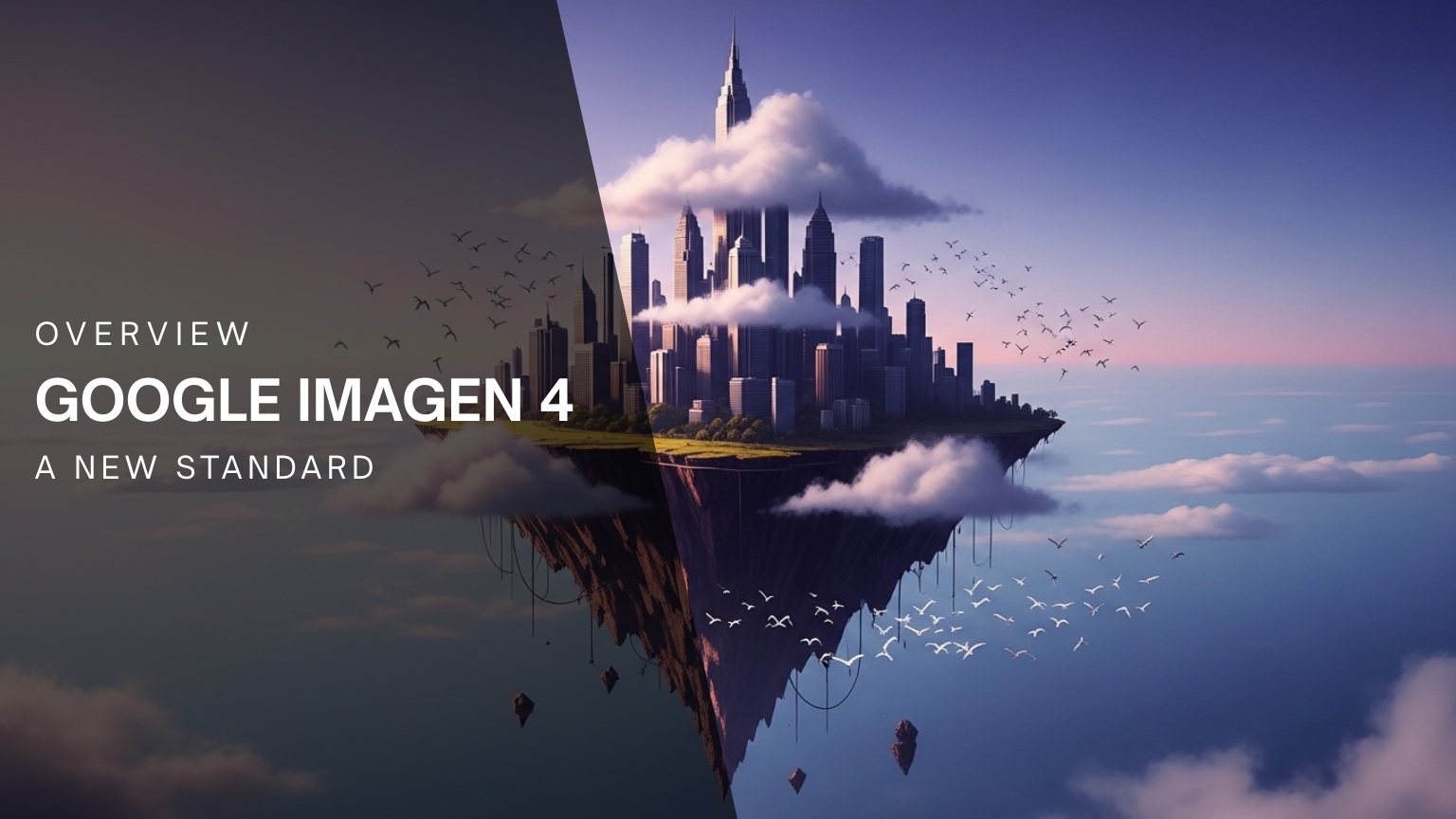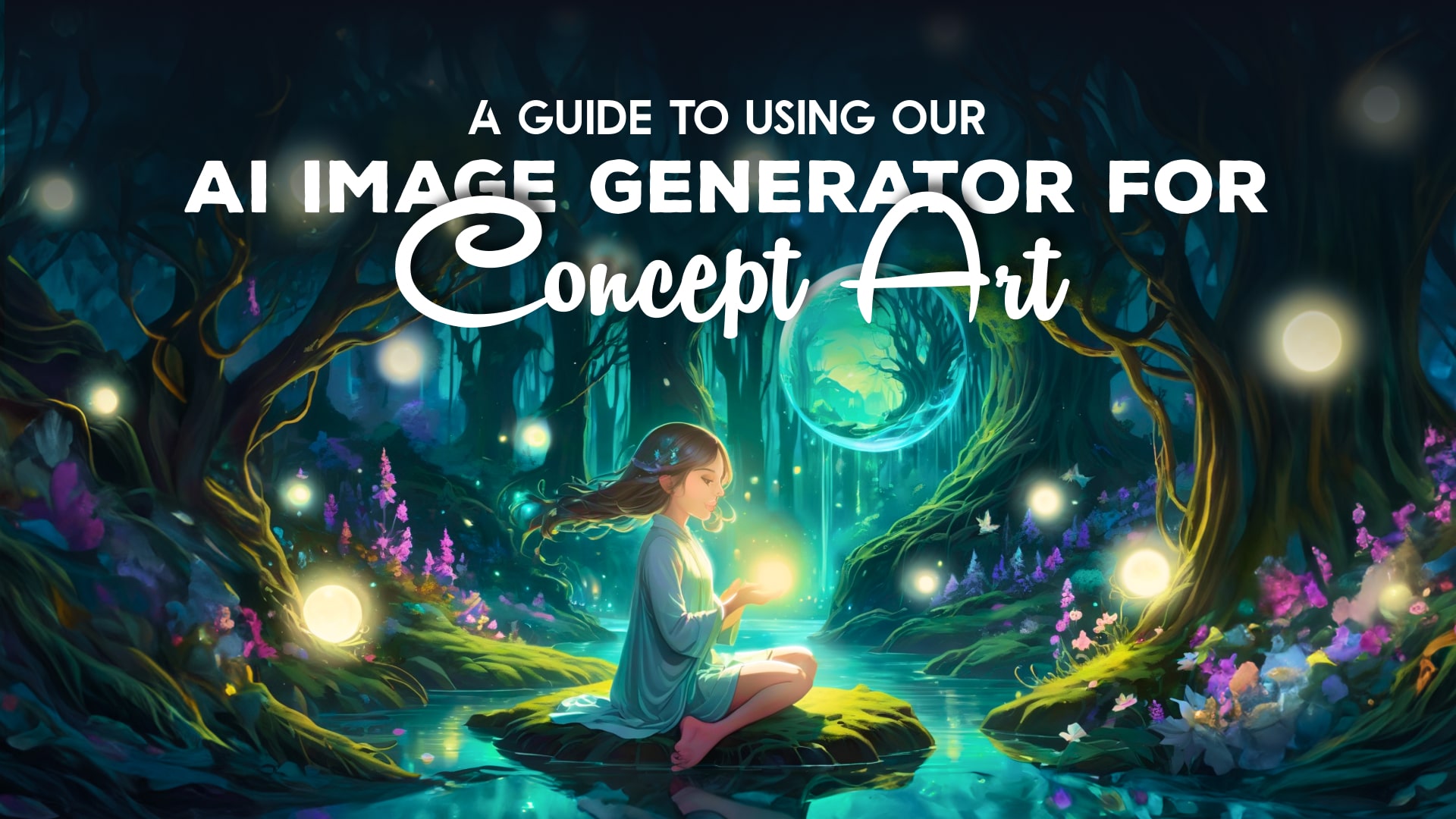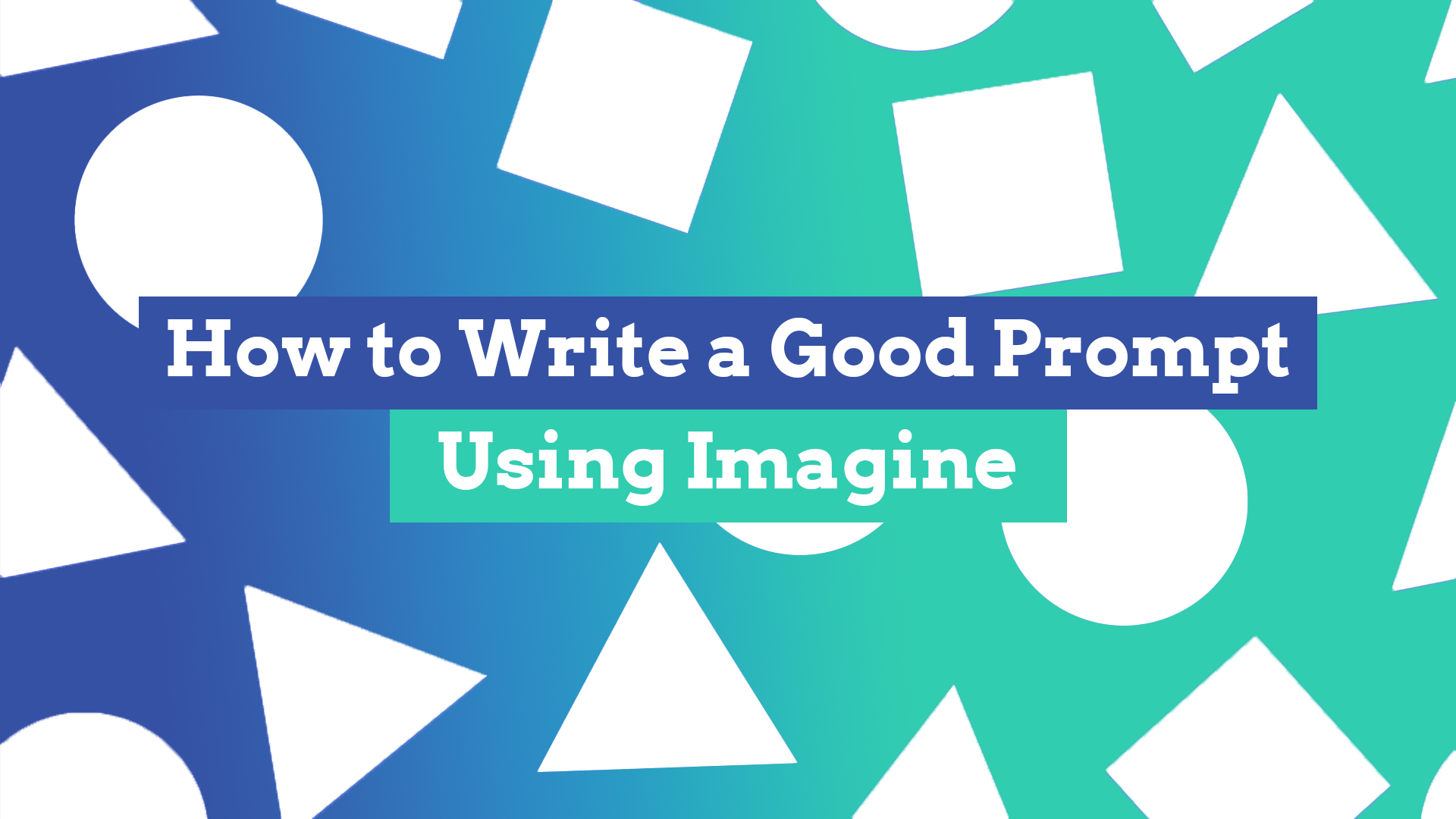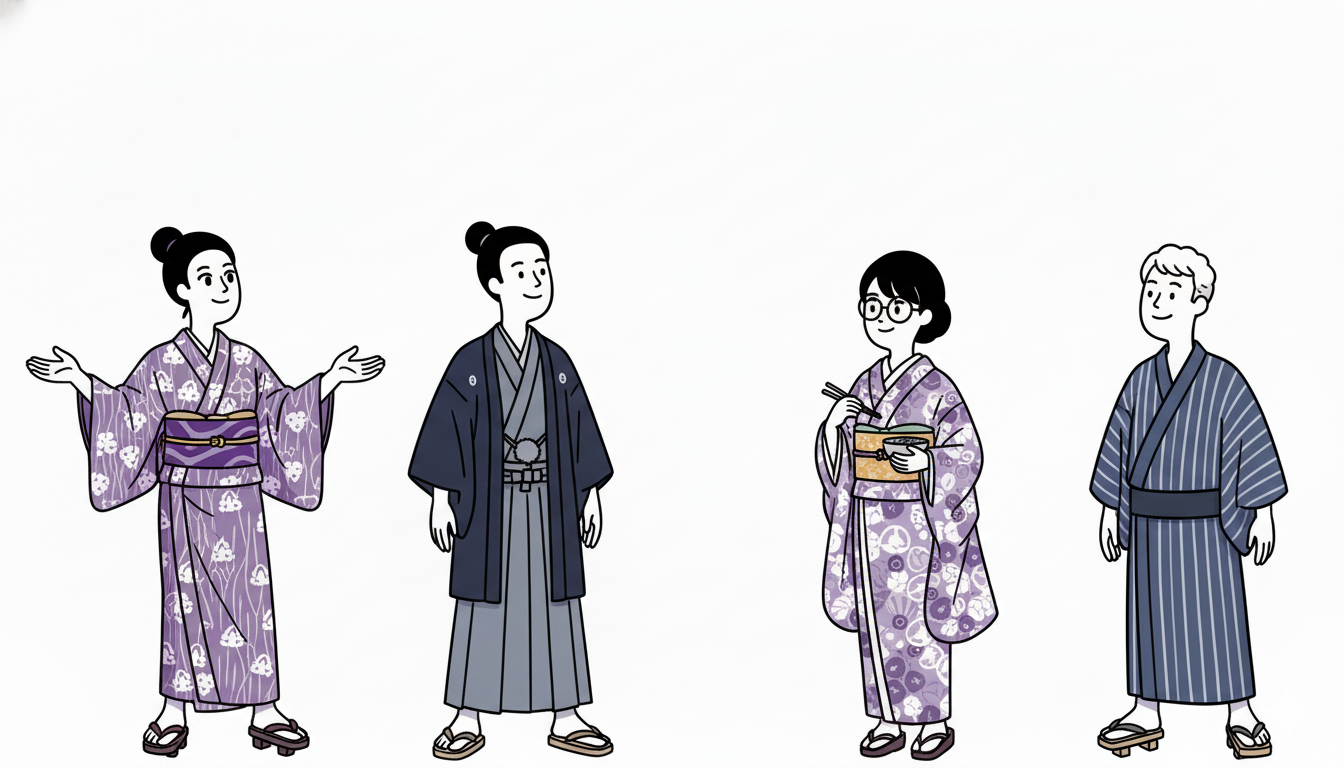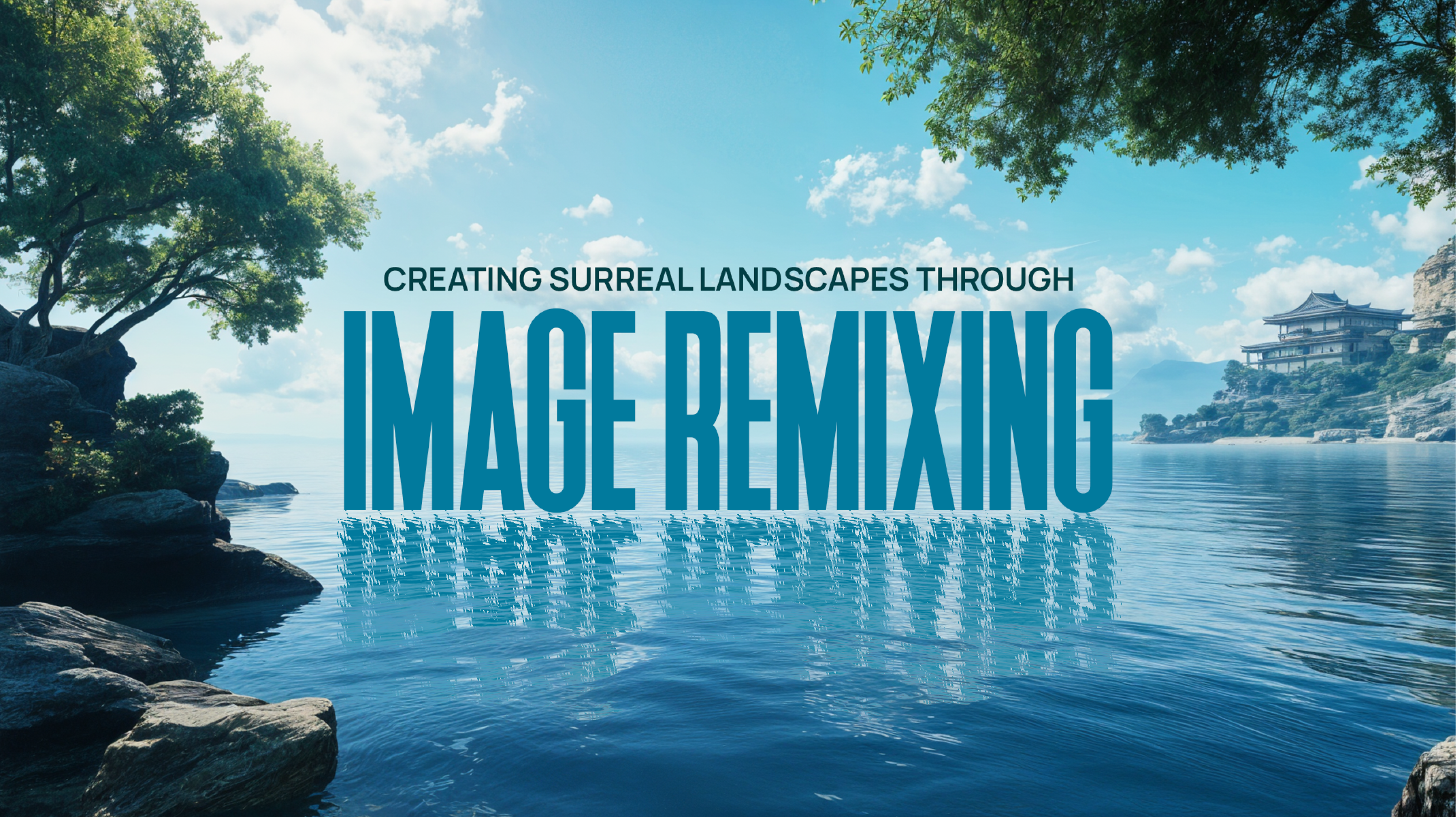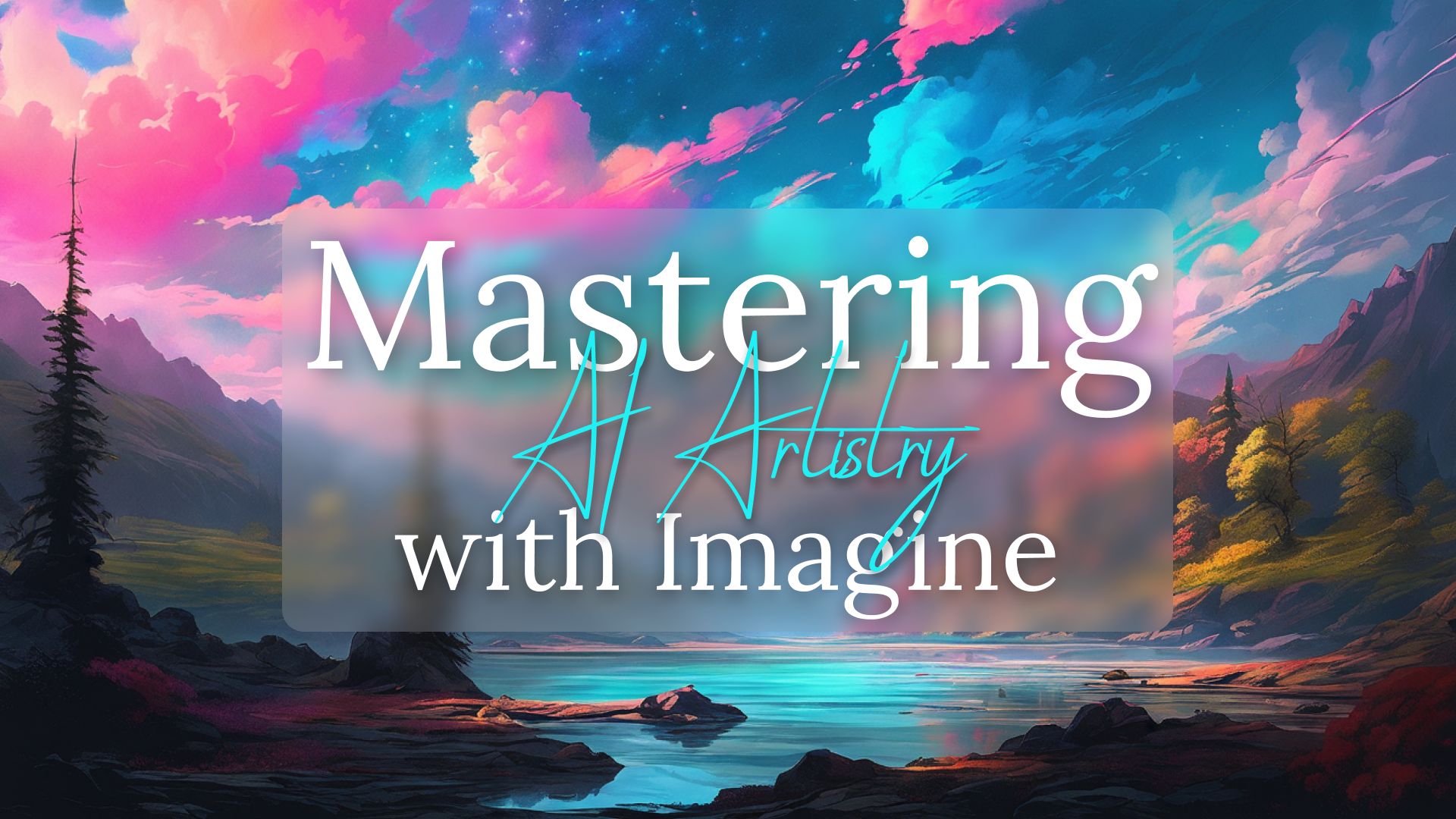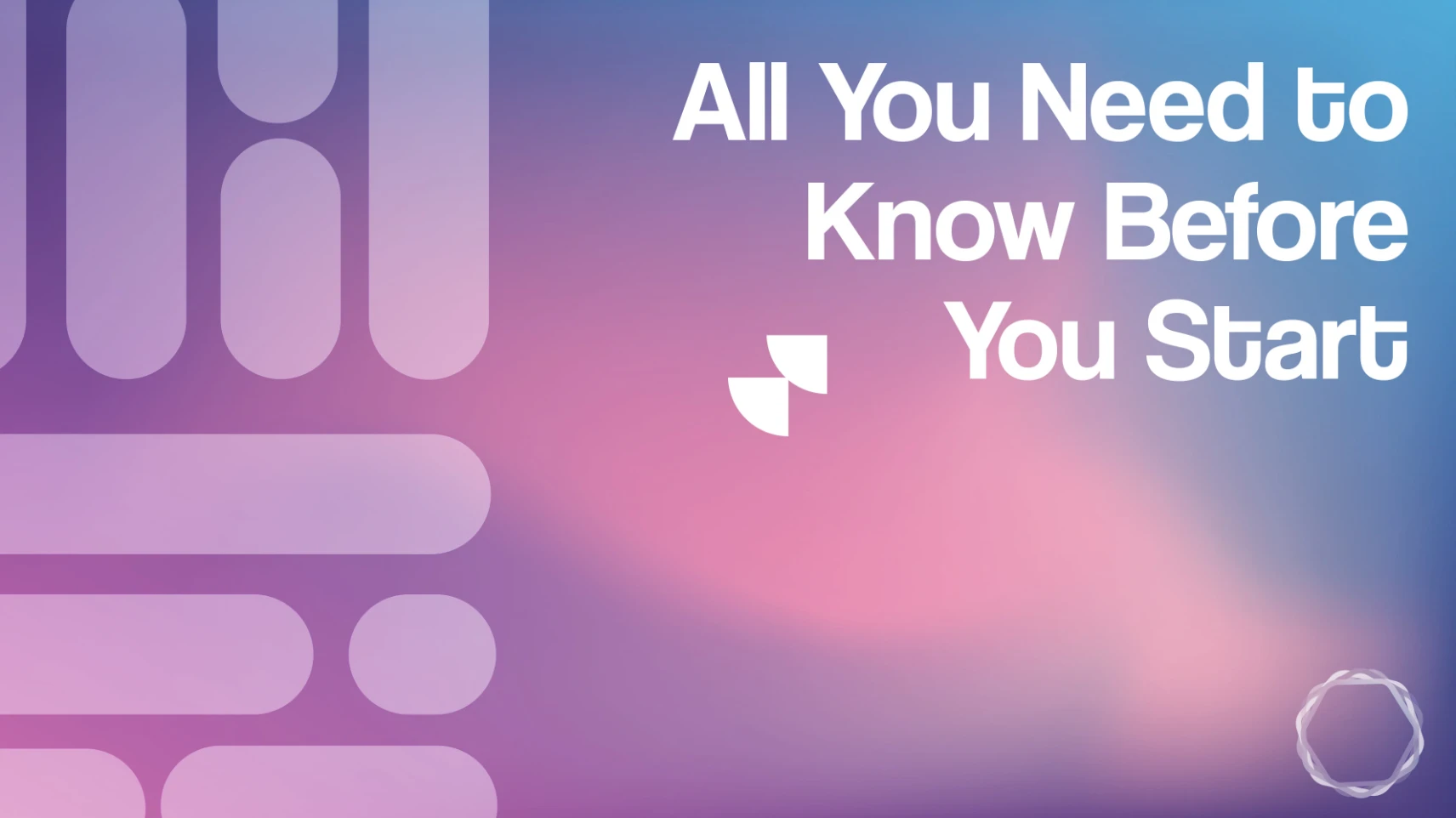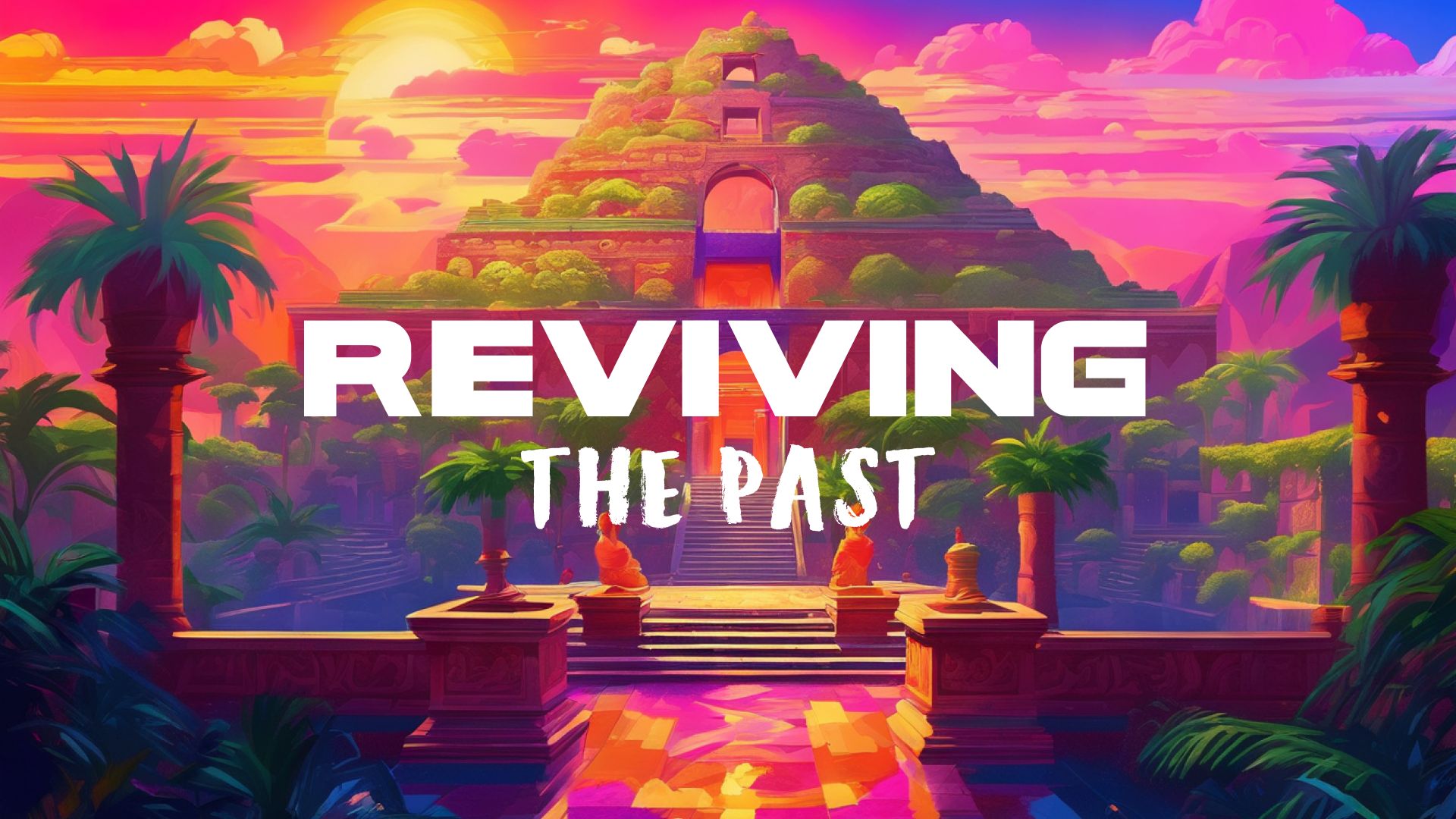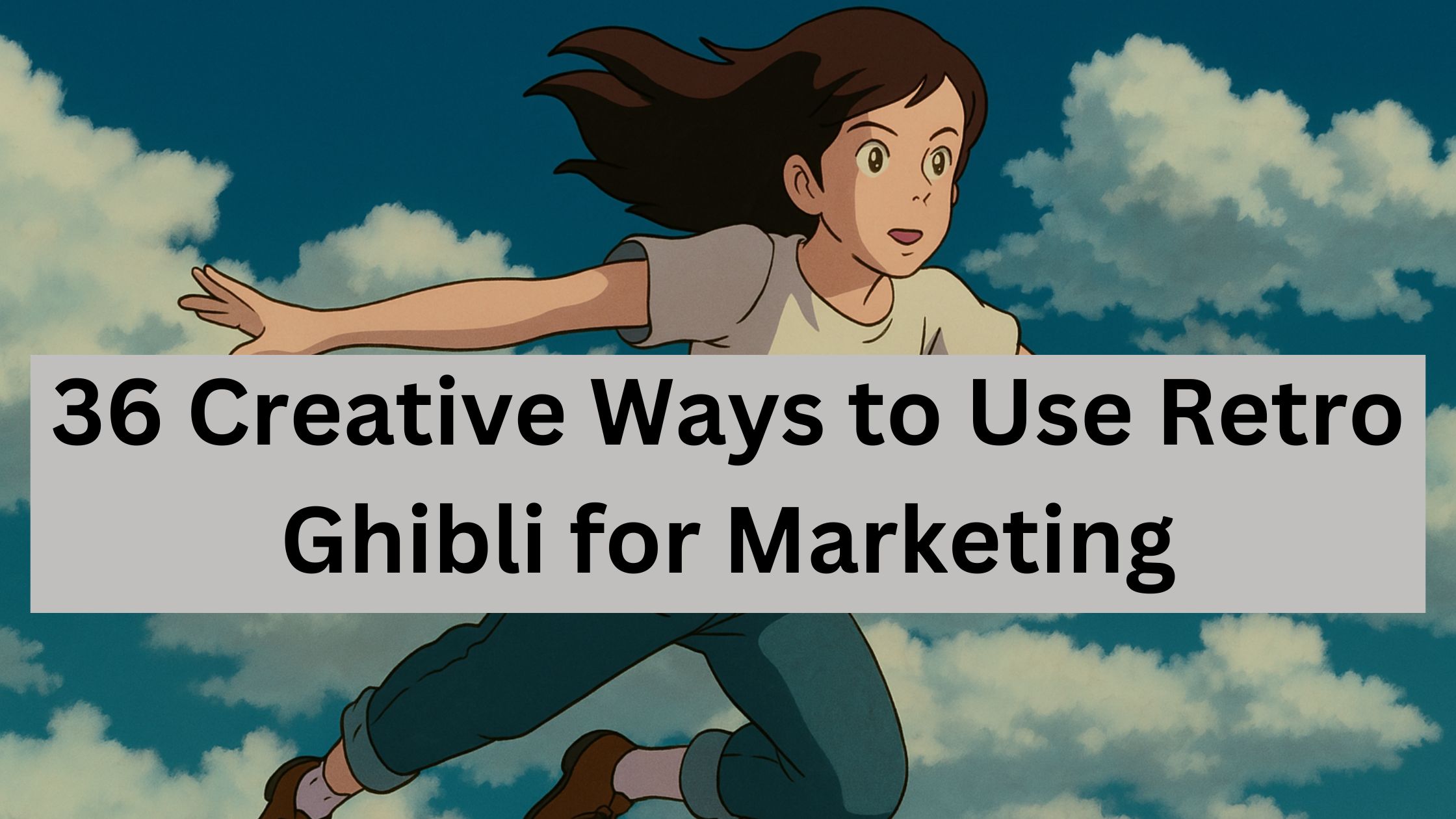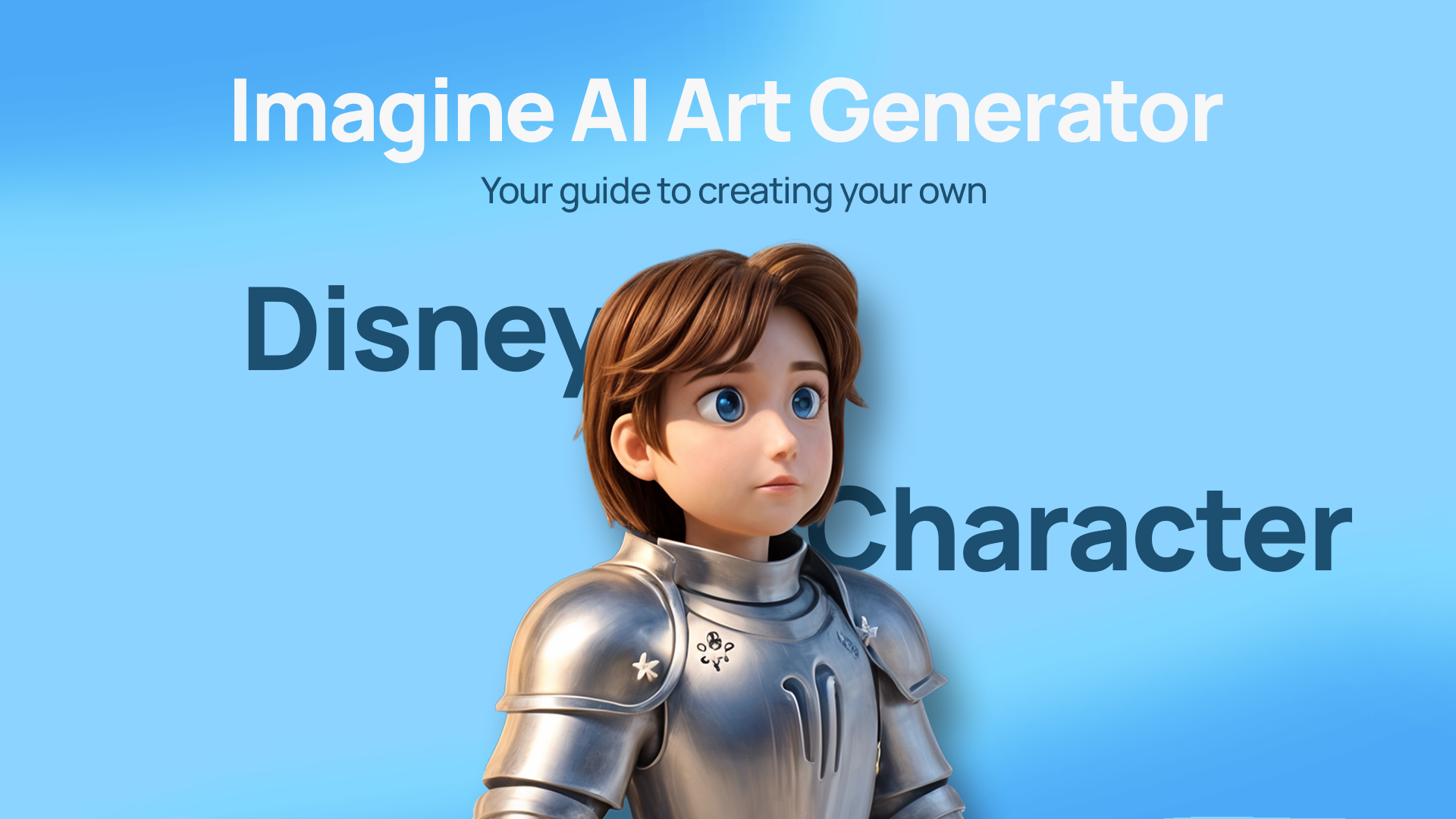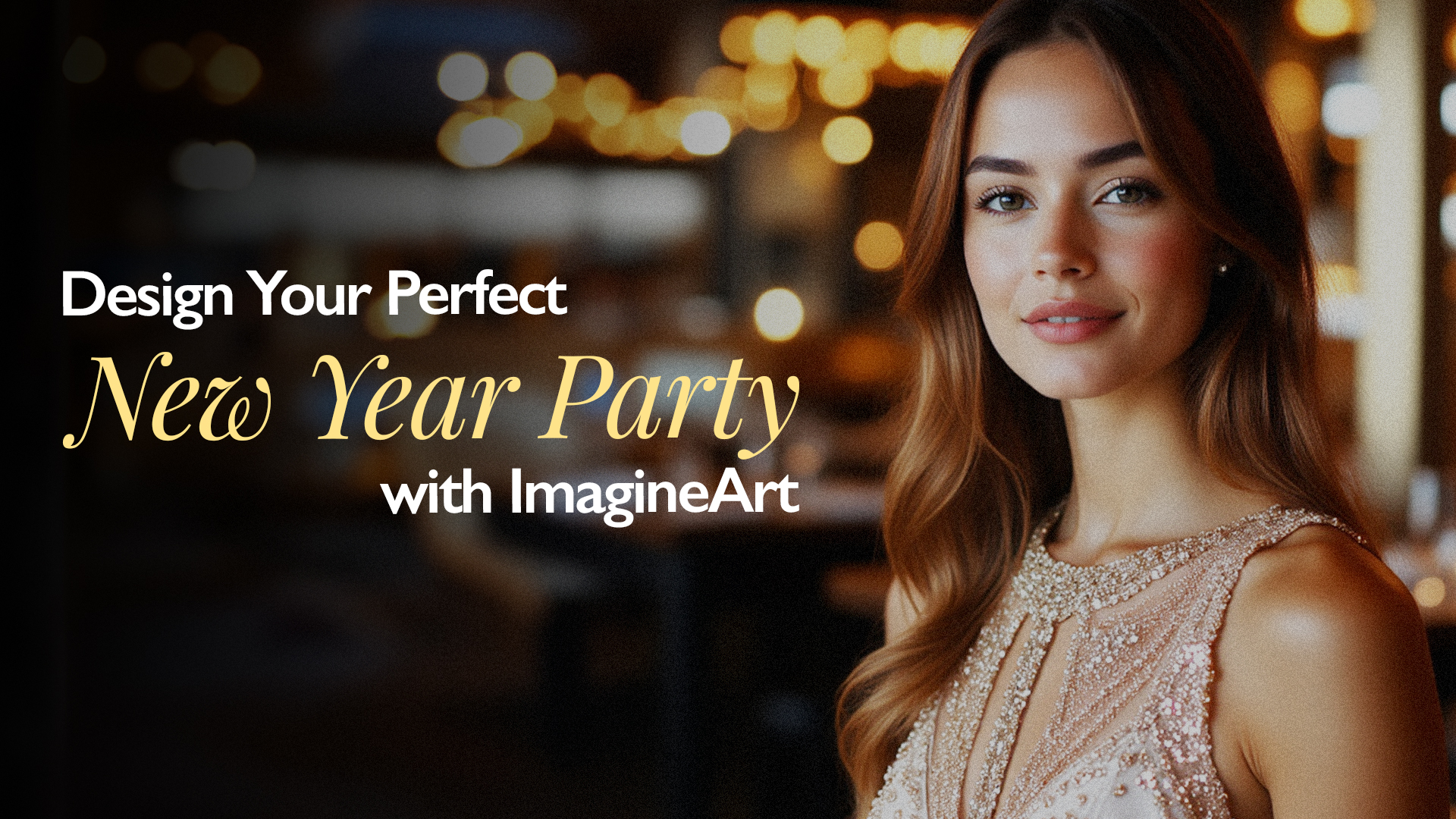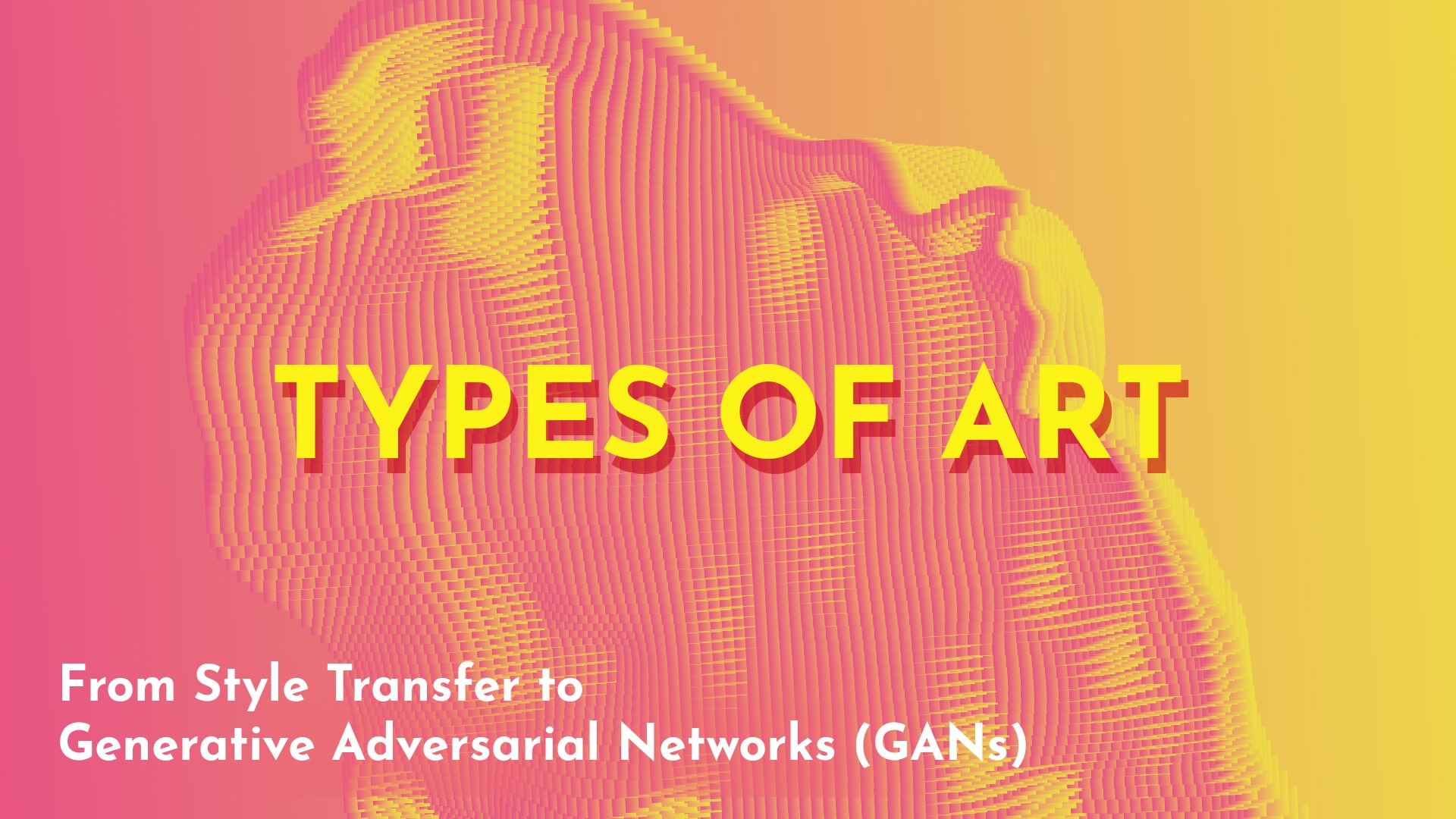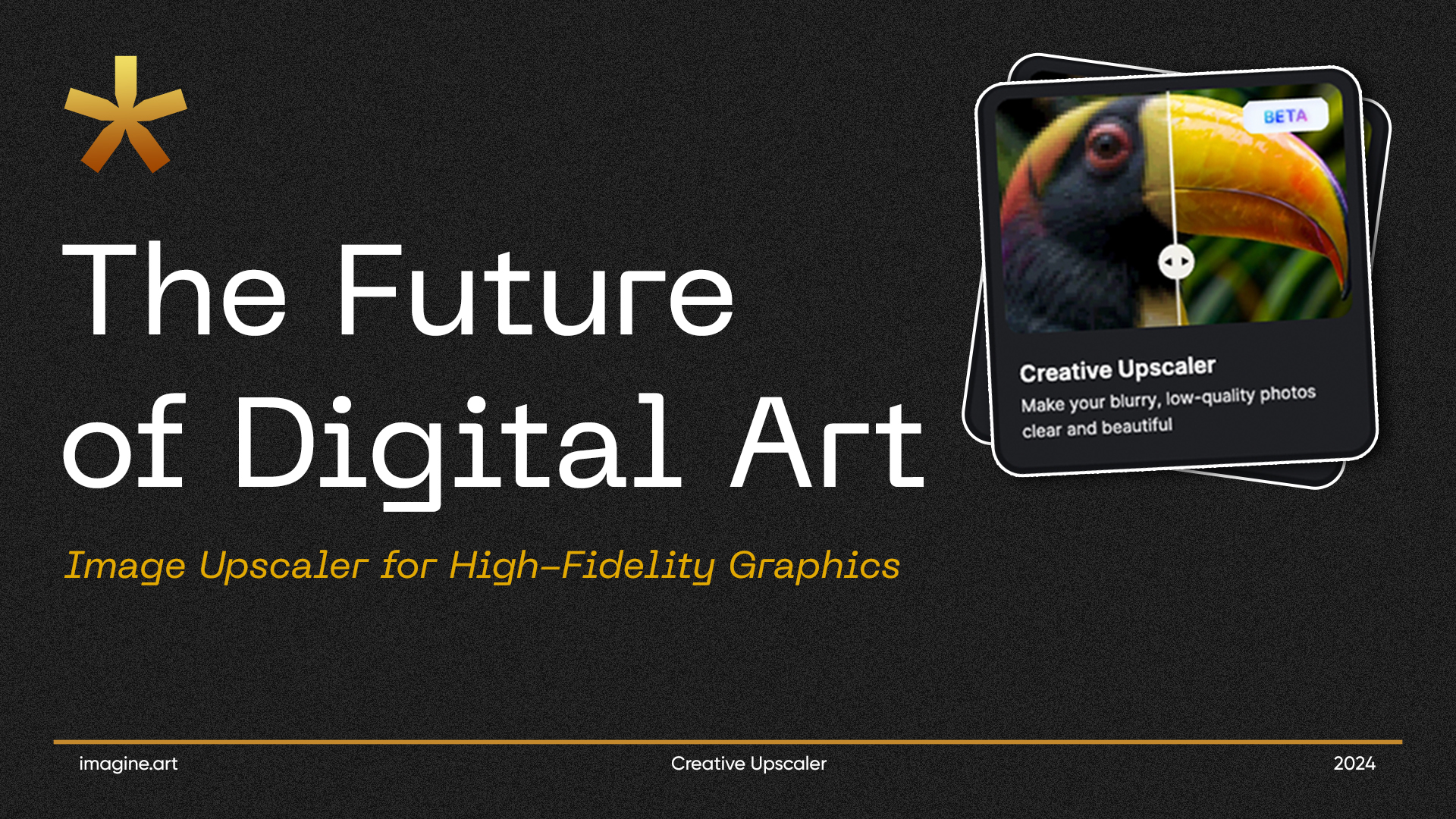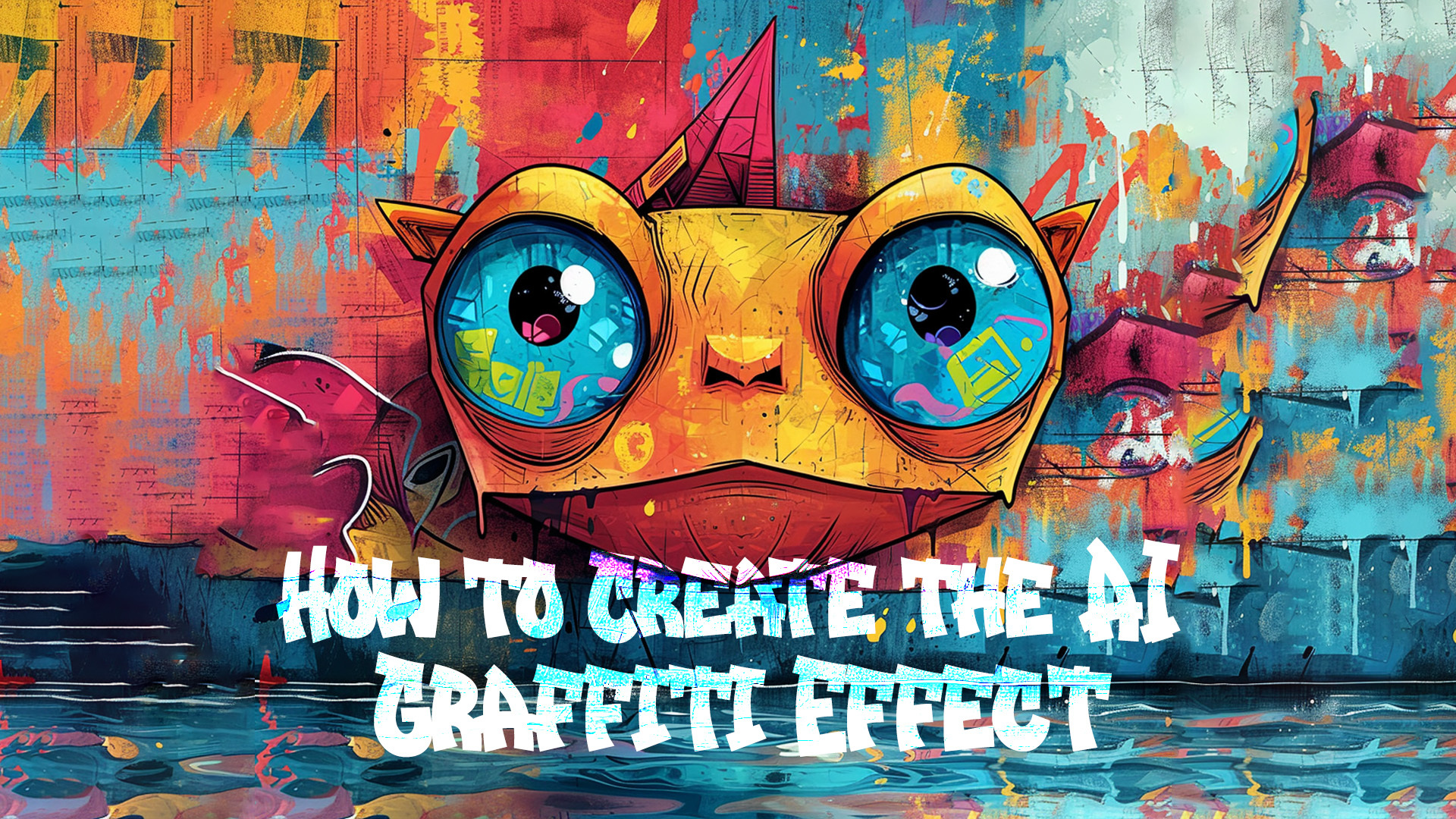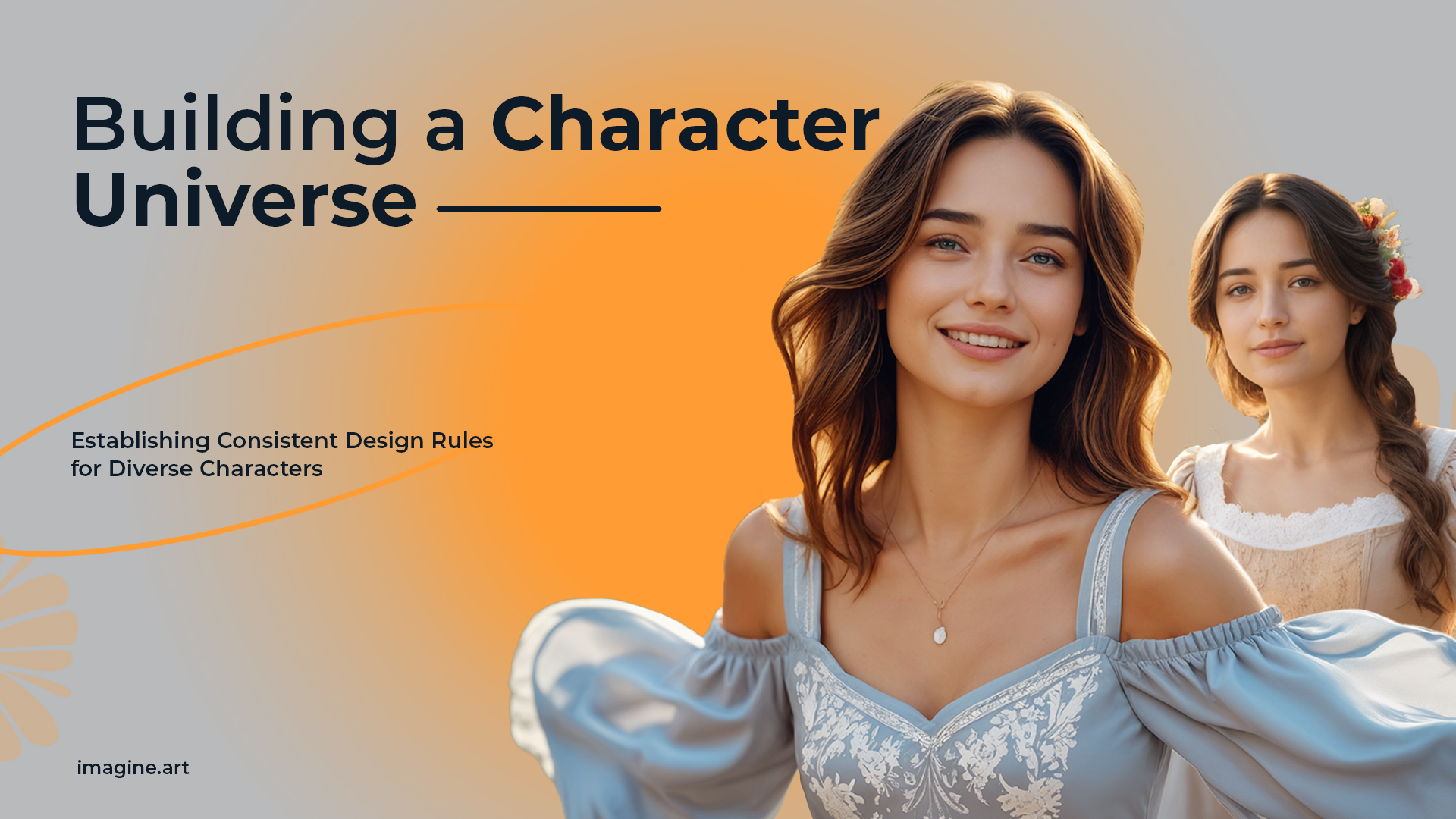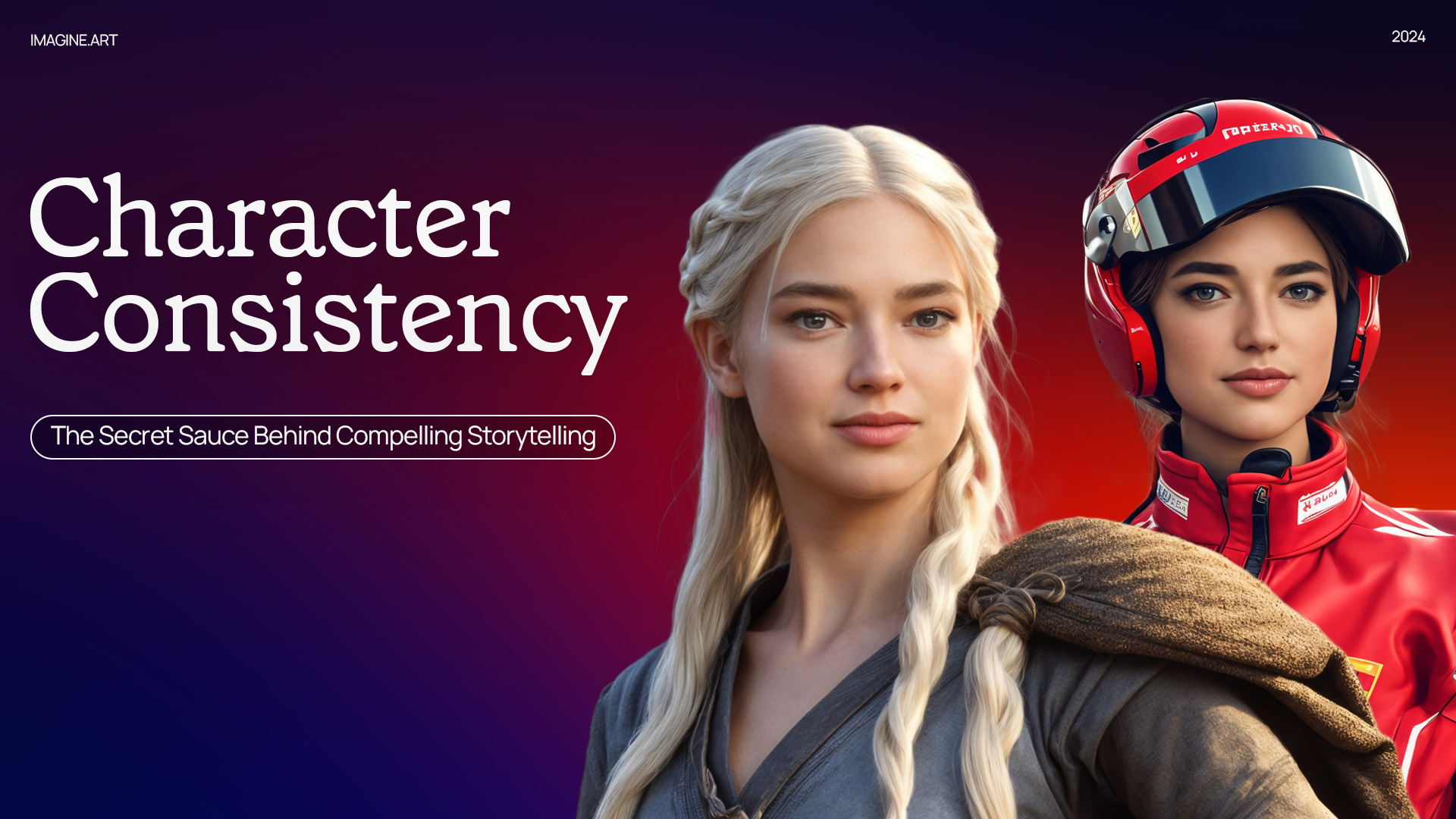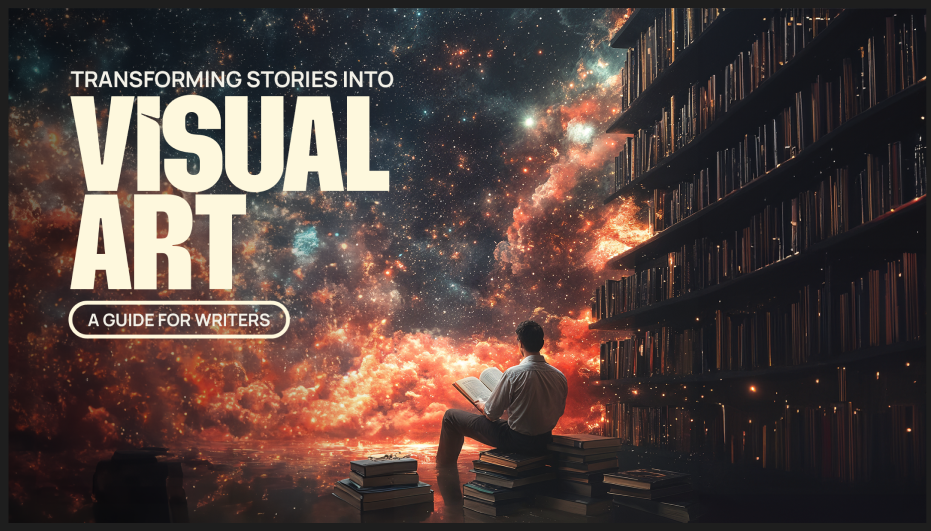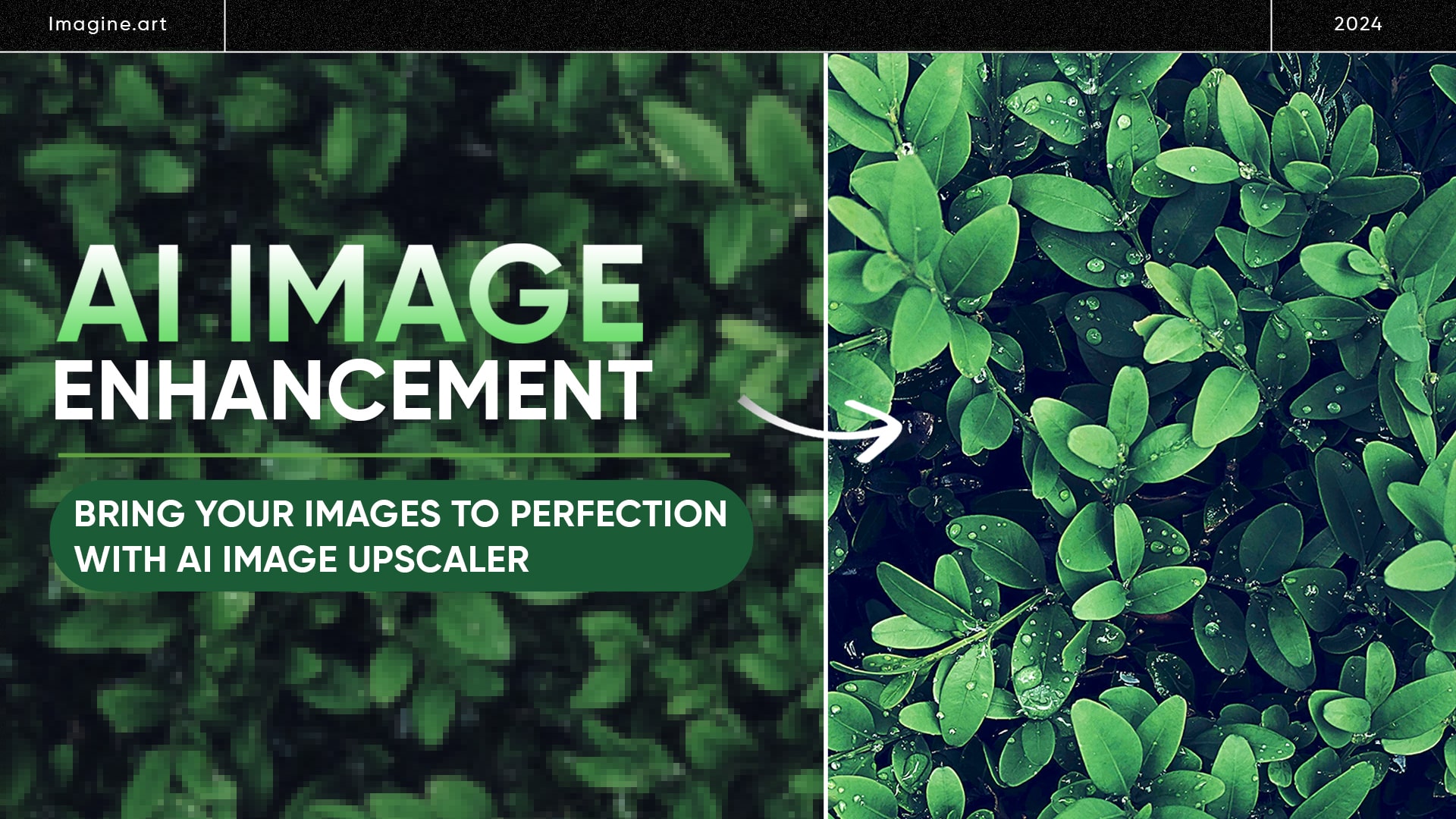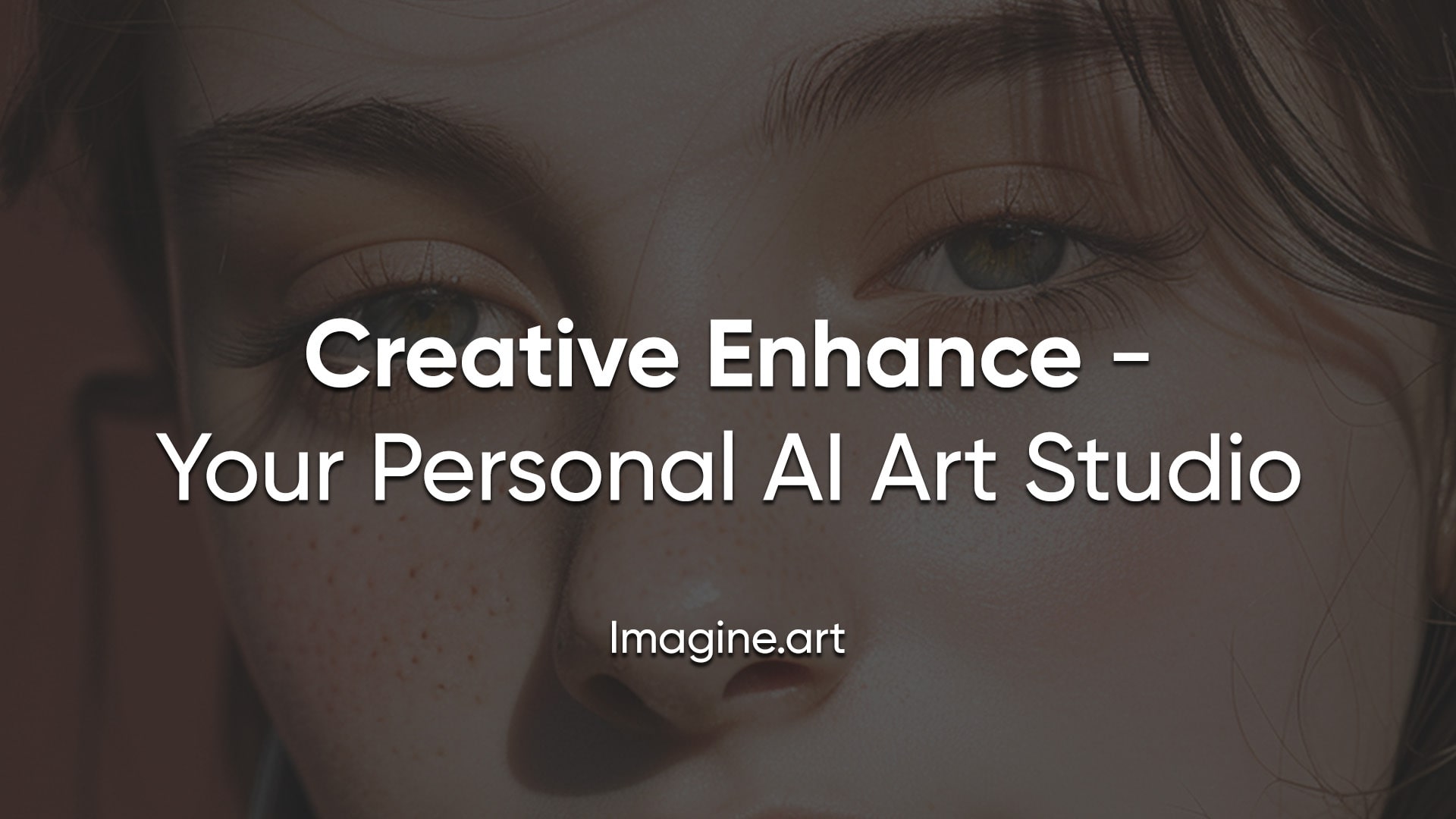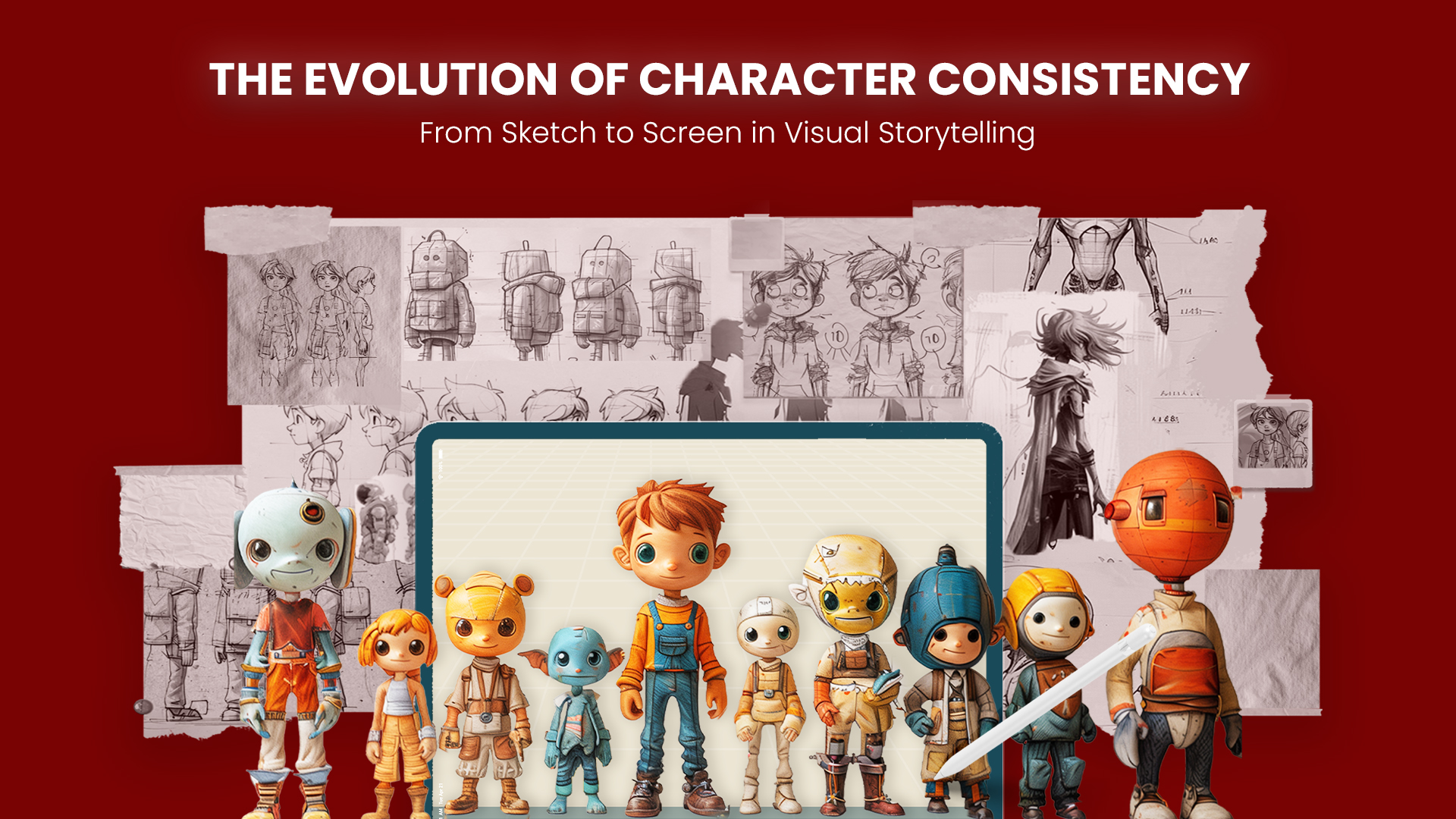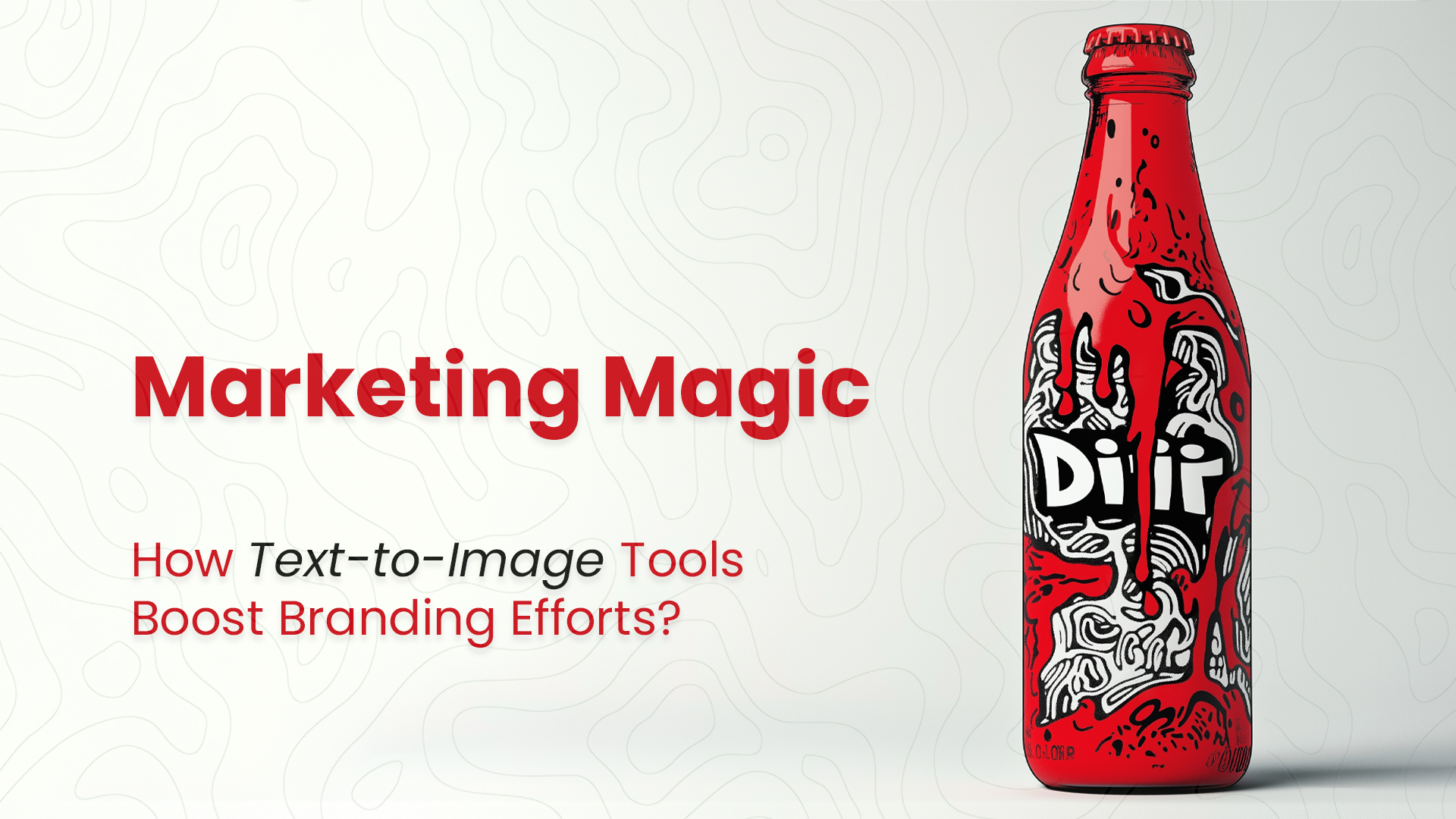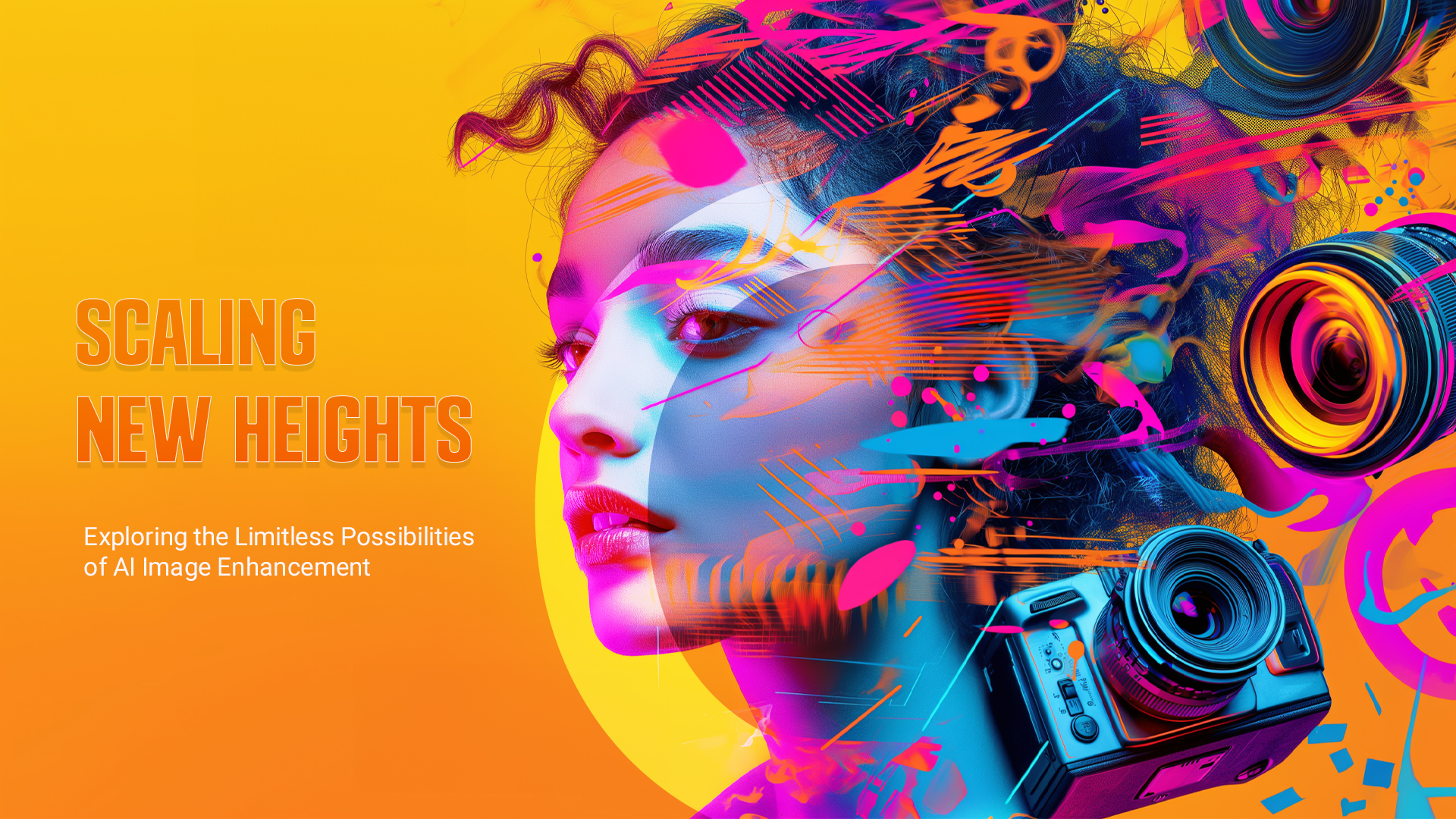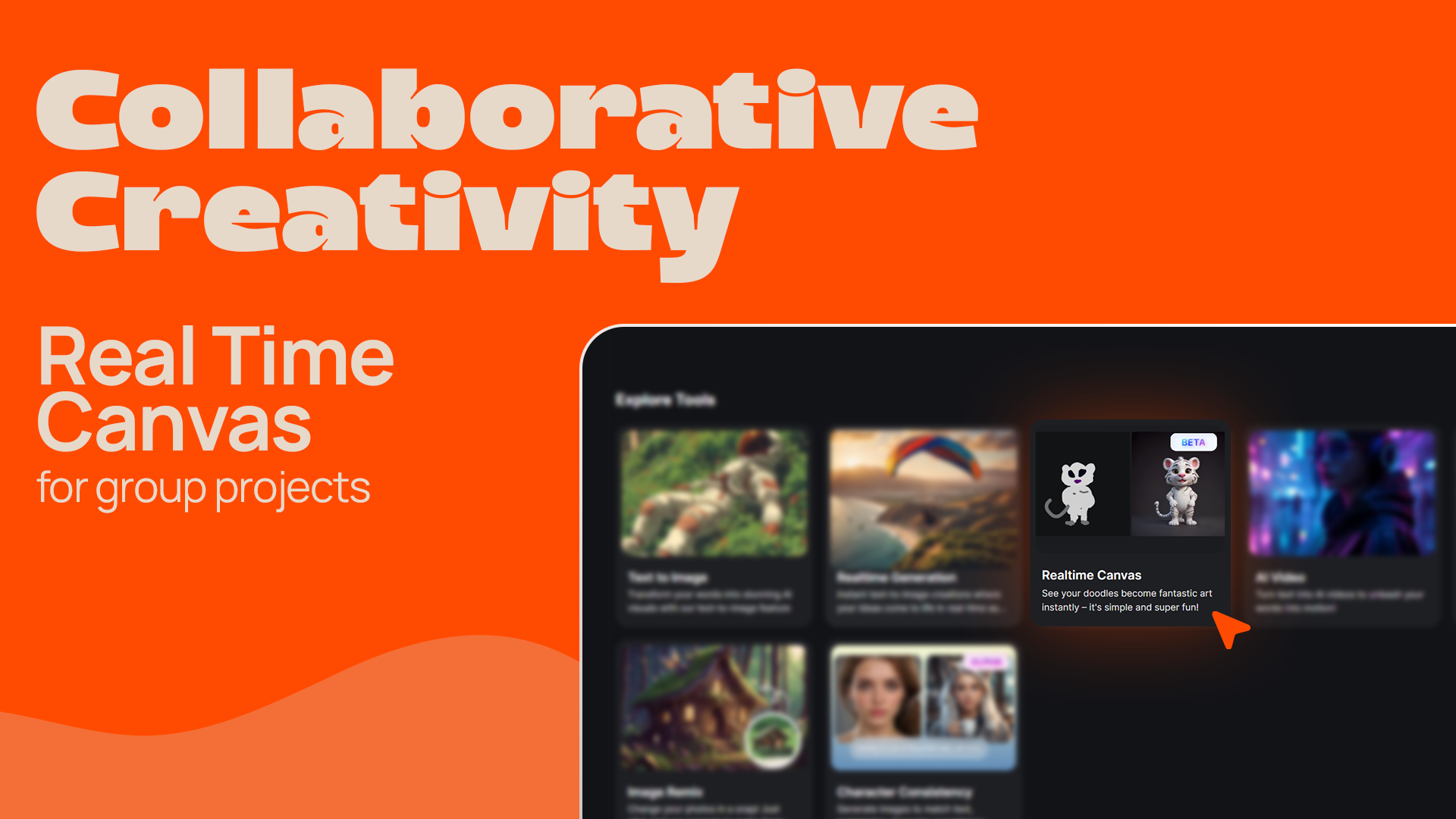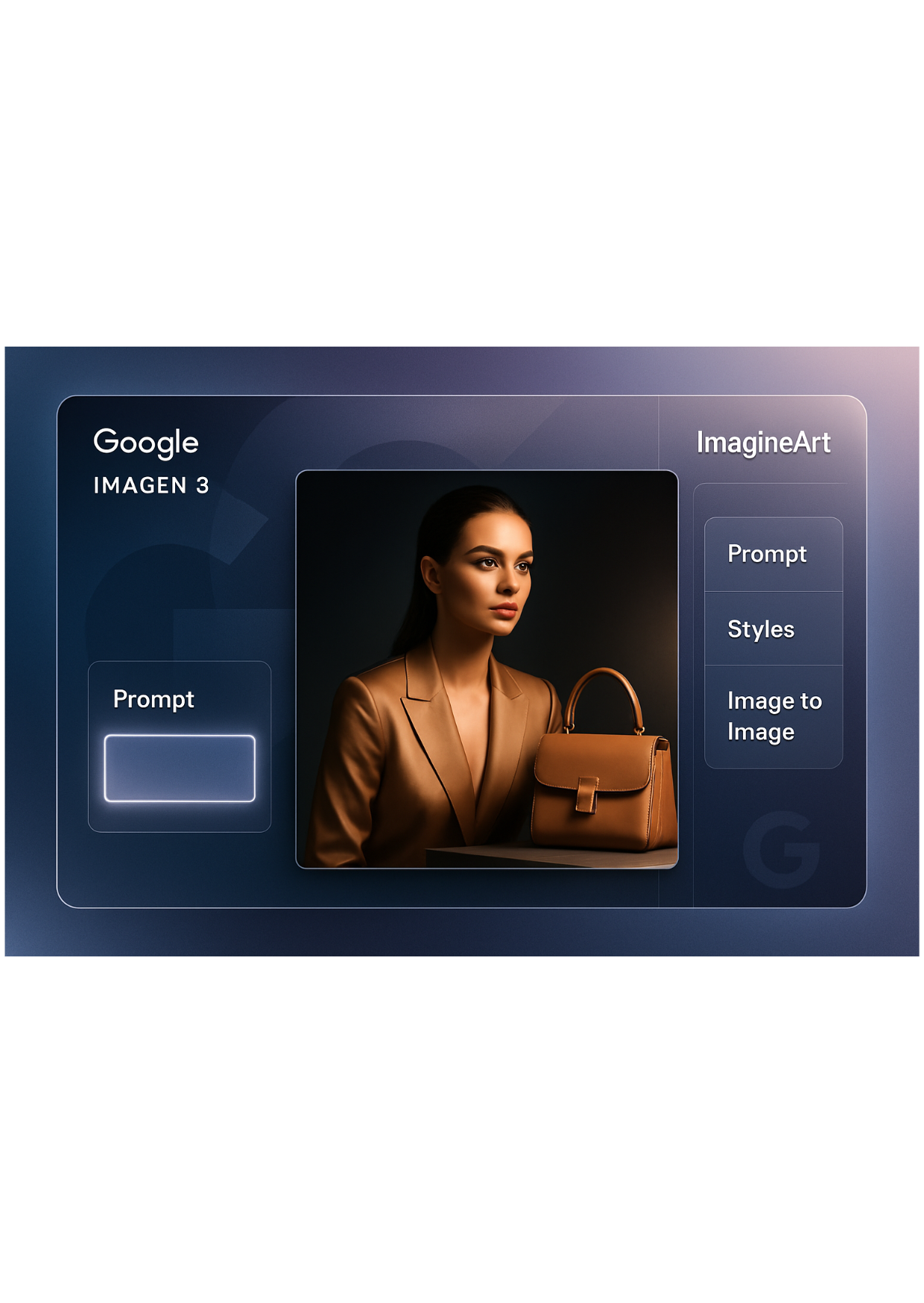

Tooba Siddiqui
Fri Jul 18 2025
7 mins Read
What Is Imagen 3 AI Image Generator?
Imagen 3 is Google’s latest innovation in the list of AI image generators. Positioned as a powerful leap over its predecessors, Google Imagen 3 AI model delivers
- unparalleled realism
- enhanced prompt understanding
- state-of-the-art image clarity
- text rendering
Built to support creative professionals and developers alike, the model is now part of the broader Google generative AI tools suite, integrated across Gemini, Vertex AI, and Google Cloud services.
What sets Imagen 3 apart is its tight alignment with user prompts and its ability to render scenes with remarkable detail, composition, and tone. Whether you’re working on product imagery, character design, brand assets, or editorial content, Imagen 3 image generator offers outputs that are clean, coherent, and commercially usable.
And now, thanks to ImagineArt, creators can access Imagen 3 inside a user-friendly interface with powerful visual customization features. ImagineArt's platform lets you experiment with styles, lighting, aspect ratios, and multi-language prompts.
Key Features of Imagen 3 AI Image Generator
Google Imagen 3 is more than just a model for making pretty pictures. It’s built for performance, fidelity, and production-grade results. Here are the standout Google Imagen 3 features:
1. Photorealistic Image Generation
Imagen 3’s core strength lies in photorealism. It produces visuals that are near-indistinguishable from real photography, capturing fine textures, lighting nuances, and accurate object relationships. Compared to other stylized AI Image generators, Imagen 3 emphasizes technical fidelity and realism. This makes it ideal for industries like retail, advertising, media, and architecture.
 Google Imagen 3 Photorealistic Images
Google Imagen 3 Photorealistic Images
2. High-Resolution Outputs (Up to 2048px)
Imagen 3 supports output sizes up to 2048px, making it a go-to tool for creators who demand high-resolution deliverables. The detail retention is excellent even when zoomed in, giving designers freedom to use outputs across print, web, and video. Whether you’re generating assets for a campaign or editorial layout, the resolution holds up in professional environments.
3. Fine Control Over Composition and Subjects
Imagen 3 gives users impressive control over image composition, allowing for deliberate placement of objects and subjects. You can guide the model to frame the subject from a specific camera angle—left, right, top-down, macro, or wide—and it interprets those directions accurately.

More impressively, it supports multi-subject prompts, enabling you to depict two or more entities interacting within a single scene. For example: “a child handing a flower to an elderly man on a park bench, with a dog sleeping nearby.” The model handles scene breakdown intelligently, managing foreground-background layering, visual hierarchy, and even body posture.
This compositional control empowers creators working in storyboarding, character ideation, advertising layouts, and even book illustration, where narrative clarity matters just as much as aesthetic appeal.
4. Prompt Precision and Contextual Understanding
Google Imagen 3 AI model shows an impressive understanding of layered prompts. It breaks down complex inputs like “a golden retriever wearing sunglasses on a beach at sunset” with clarity and realism. This makes it particularly powerful in visual storytelling and brand consistency use cases.
5. Multi-Language Prompting (via ImagineArt)
A major upgrade available on ImagineArt is multi-language support for Imagen 3 prompts. You can generate images by writing prompts in Urdu, Spanish, French, and other languages—perfect for creators operating in non-English markets. This multilingual capability democratizes access to Imagen 3 and makes it more inclusive for global teams.
AI prompt in Spanish: Crea una imagen de una ardilla con un sombrero y sosteniendo una guía de la ciudad de Nueva York. La ardilla está parada en el medio de Times Square y parece confundida.
 Generated on ImagineArt
Generated on ImagineArt
6. Image-to-Image Prompting
Another unique advantage of using Imagen 3 on ImagineArt is image-to-image prompting. Upload an existing image and modify it through textual instructions. For example, turn a black t-shirt mockup into a red hoodie or change the background of a portrait from day to night. This level of iterative control isn’t universally supported on Gemini or other Google platforms yet.
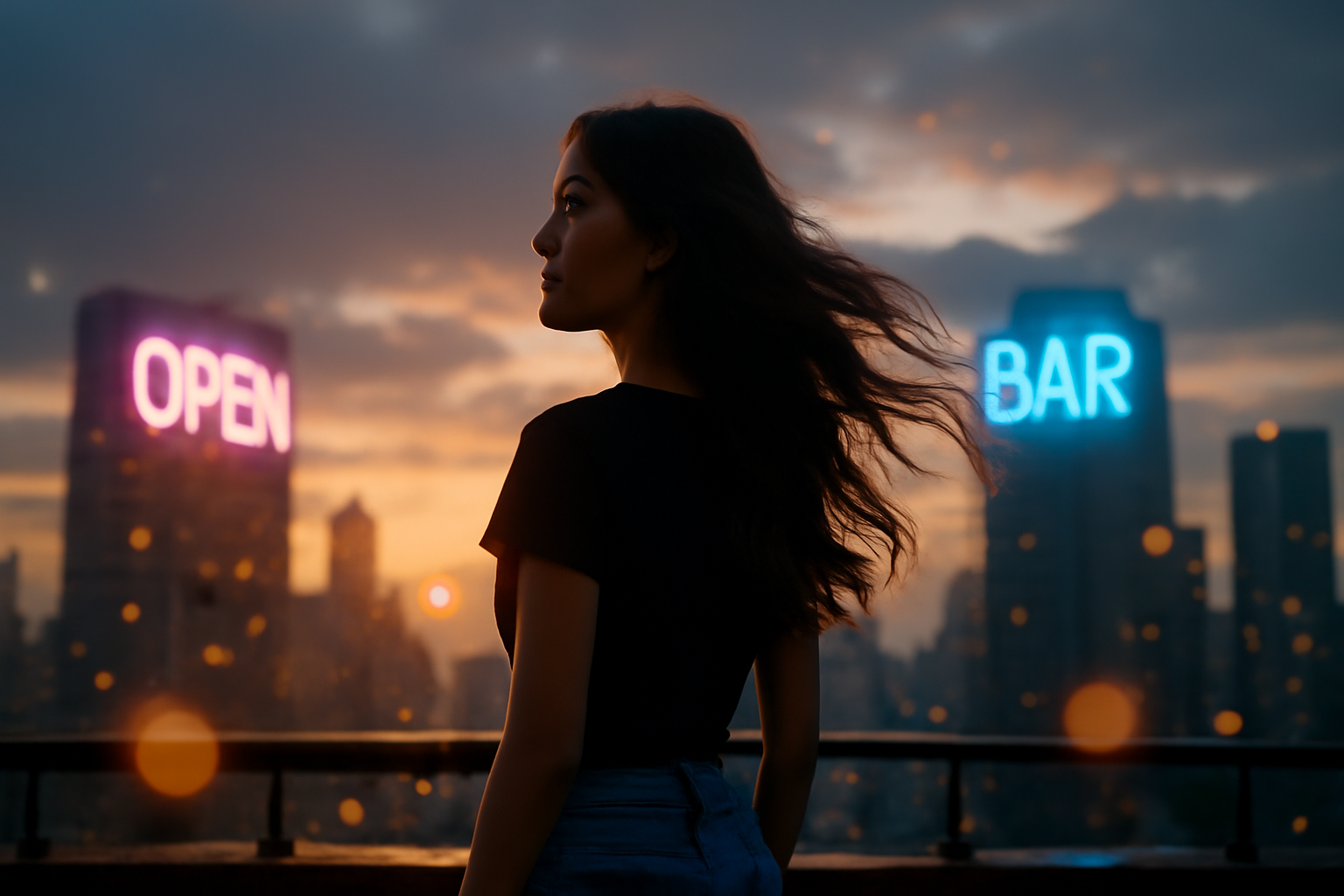 This is the original upload
This is the original upload
 The top image was transformed on ImagineArt using Pixelart style. The platform added new elements, changed the background, and reimagined the scene as a wide shot — all through AI-powered editing
The top image was transformed on ImagineArt using Pixelart style. The platform added new elements, changed the background, and reimagined the scene as a wide shot — all through AI-powered editing
7. Custom Settings for Style, Lighting & Camera
ImagineArt gives creators access to tools like lighting direction, camera perspective, and visual style selectors while using Imagen 3 AI. You can stylize an image to look cinematic, illustrated, flat, or glossy—all within the same flow. These granular controls provide flexibility for mood matching and campaign consistency.
8. Text Rendering (Limited Beta)
One of the more experimental but promising features of Imagen 3 is its limited ability to render text within the generated image. It can generate simple product tags, logos, or titles on objects like bottles, books, or clothing—useful for mockups or ad creatives.
Imagen 3 shows solid potential for basic branded asset generation. Use cases include previewing logos on T-shirts, generating social post headers with embedded brand names, or showcasing labels on digital packaging.
That said, this feature is still in beta, so creators looking for complex fonts or editable typographic layouts may need to complement their workflow with post-editing tools.
9. Edge-Aware Refinement
Another technically impressive feature is Imagen 3’s edge-aware refinement system, which uses semantic layers to clean up cluttered scenes. This becomes apparent when working with prompts that feature busy compositions, such as a crowded street, a bookshelf, or an indoor scene with varied lighting.
Rather than rendering every detail at the same intensity, Imagen 3 intelligently blurs backgrounds, sharpens foreground subjects, and defines facial features with clarity. This kind of focus control mimics the depth-of-field you’d expect from a high-end DSLR lens—guiding the viewer’s attention to the core subject.
Additionally, its semantic refinement helps maintain facial symmetry, accurate skin tone rendering, and believable object boundaries—an area where many older AI models struggle, especially in close-up portraits.
How to Use Imagen 3 on ImagineArt
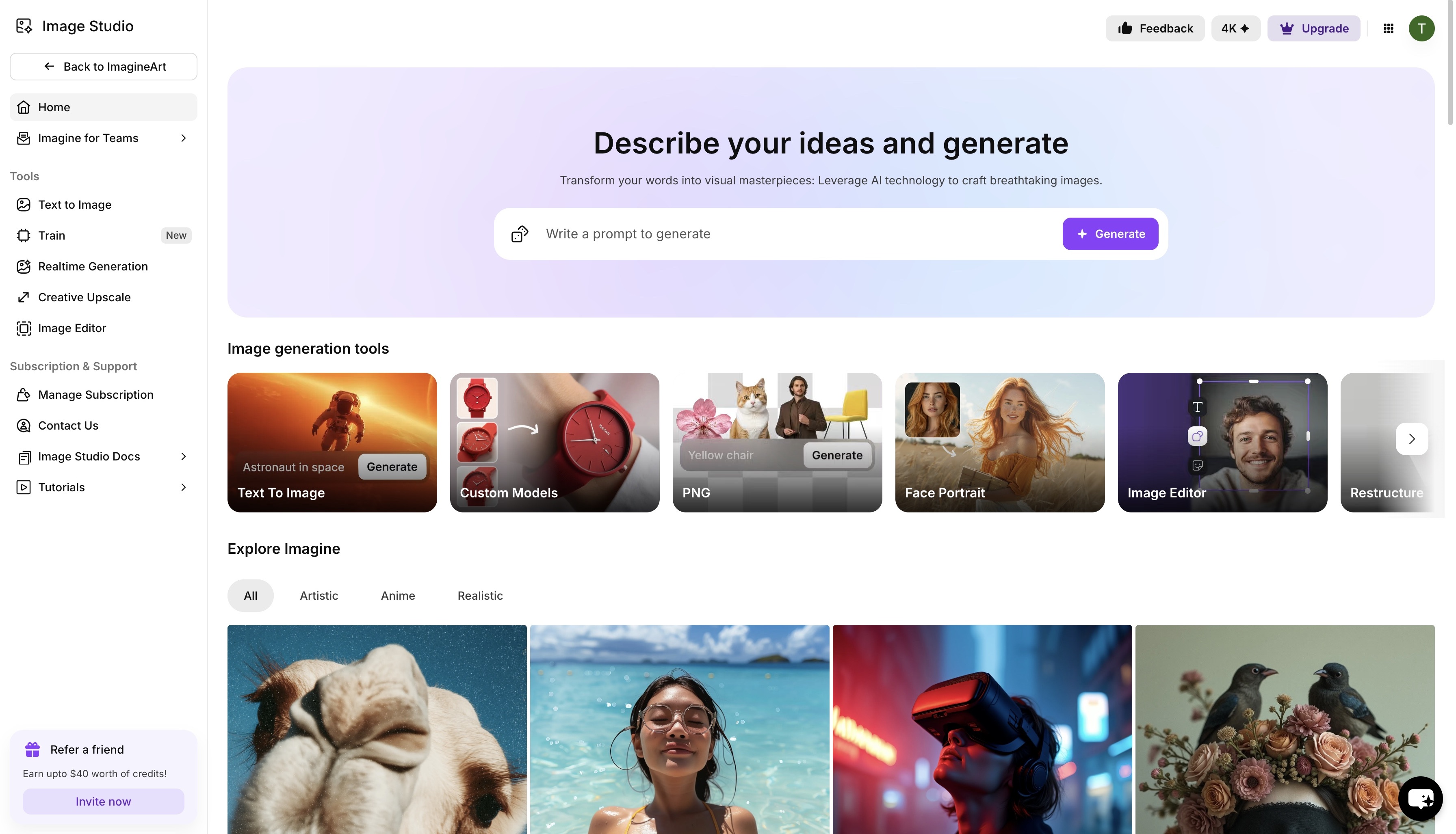 ImagineArt Image Generator dashboard
ImagineArt Image Generator dashboard
Using Imagen 3 on ImagineArt is simple, fast, and doesn’t require coding skills. Here’s how you can get started:
- Log into ImagineArt and head to the AI image generator.
- Choose Imagen 3 from the model selection dropdown.
- Input your prompt—you can write in English or other supported languages.
- (Optional) Upload a reference image if you want to use image-to-image generation.
- Customize settings such as style, lighting, camera angle, and aspect ratio.
- Click Generate, and within seconds you’ll see multiple high-quality outputs.
You can iterate by tweaking the prompt or making style adjustments in the sidebar. The process is designed to be beginner-friendly while still giving professionals the control they need.
Use Cases for Imagen 3 AI Image Generator
The versatility of Imagen 3 AI image generator means it fits into almost any creative workflow. Here are some of the top use cases:
- Product Photography: Generate hyper-real mockups, ad creatives, or packaging visuals with studio-quality lighting.
- Brand Storytelling: Use prompts to create campaign themes, moodboards, or social visuals in your brand’s voice.
- Education & Editorial: Illustrate blog posts, whitepapers, and educational content with contextually aligned imagery.
- Fashion & Lifestyle: Create model shots, lookbooks, or stylized backdrops to experiment with design directions.
- Entertainment: Conceptualize scenes, characters, or posters for film, animation, and gaming.
Whether you’re a marketer, artist, teacher, or founder—Imagen 3 offers high-quality visuals at scale.
Final Thoughts
Imagen 3 is one of the most powerful and precise generative AI tools available today. Its outputs rival real photography, and its contextual understanding allows users to create meaningful visuals from just a few words. When paired with ImagineArt, Google Imagen 3 becomes even more versatile—offering prompt flexibility, multilingual input, image-to-image control, and full styling options.
Whether you’re a designer, brand manager, or content creator, Imagen 3 delivers professional-grade results that save time, cost, and creative bottlenecks. And unlike limited-access models, you can start using it right now inside ImagineArt.
Frequently Asked Questions
Related reading:
How to Use Imagen 3 on magineArt
Imagen 3 vs. MidJourney vs. ImagineArt

Tooba Siddiqui
Tooba Siddiqui is a content marketer with a strong focus on AI trends and product innovation. She explores generative AI with a keen eye. At ImagineArt, she develops marketing content that translates cutting-edge innovation into engaging, search-driven narratives for the right audience.
